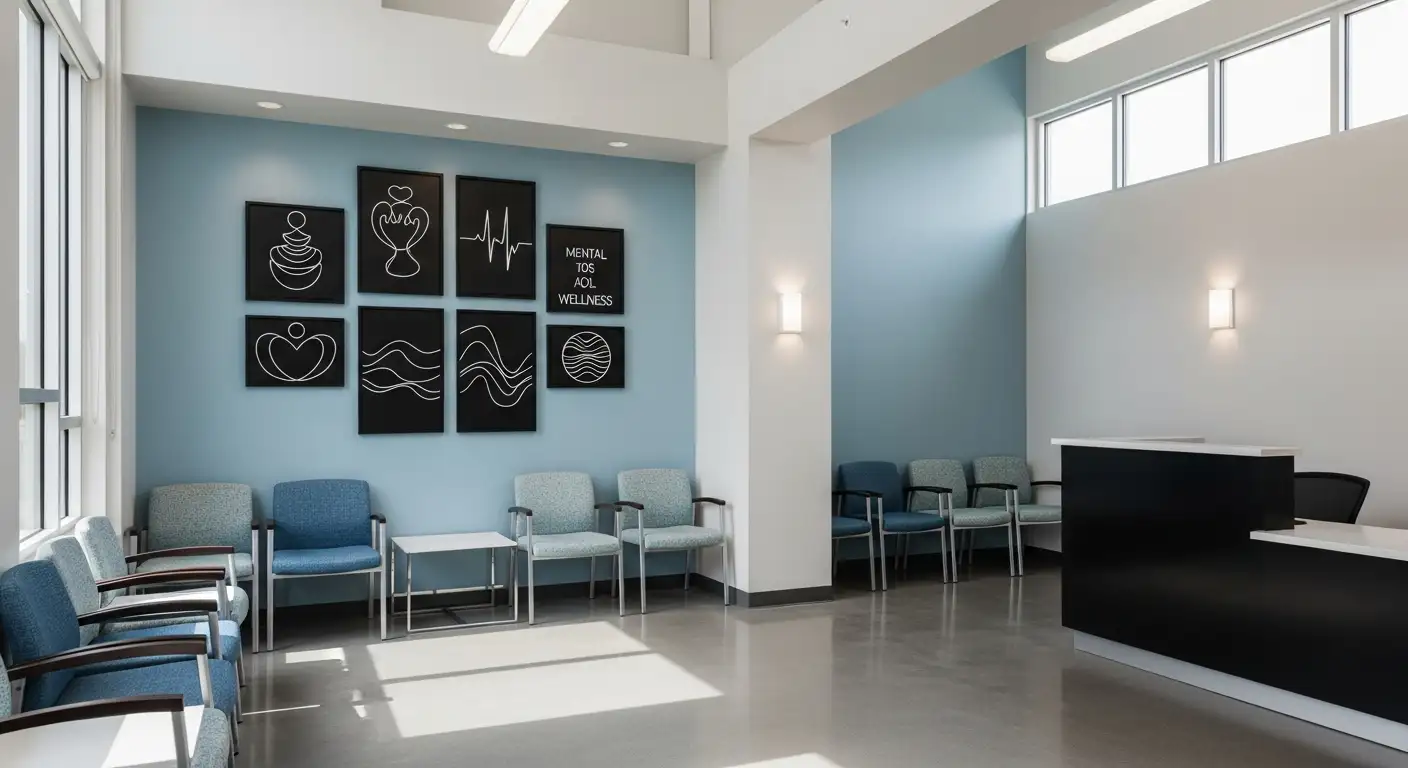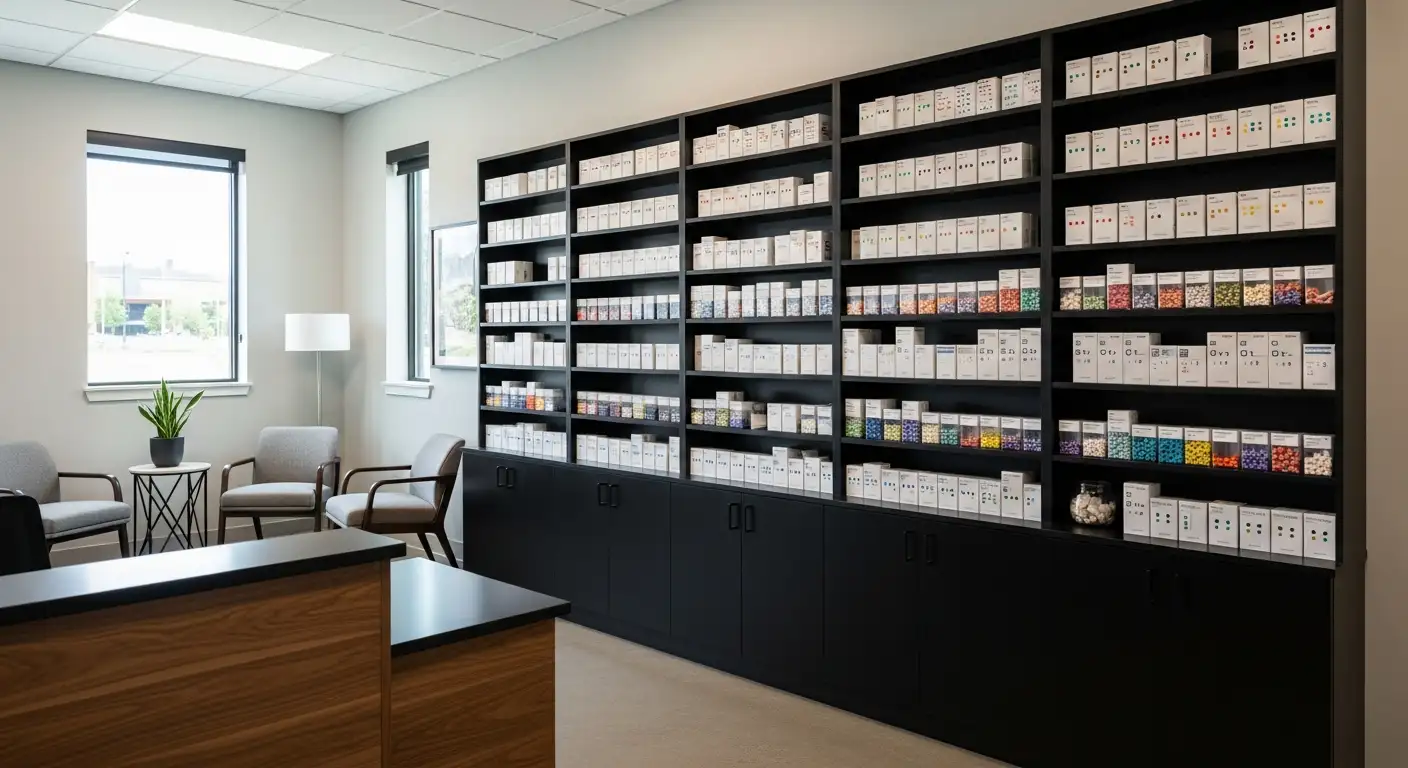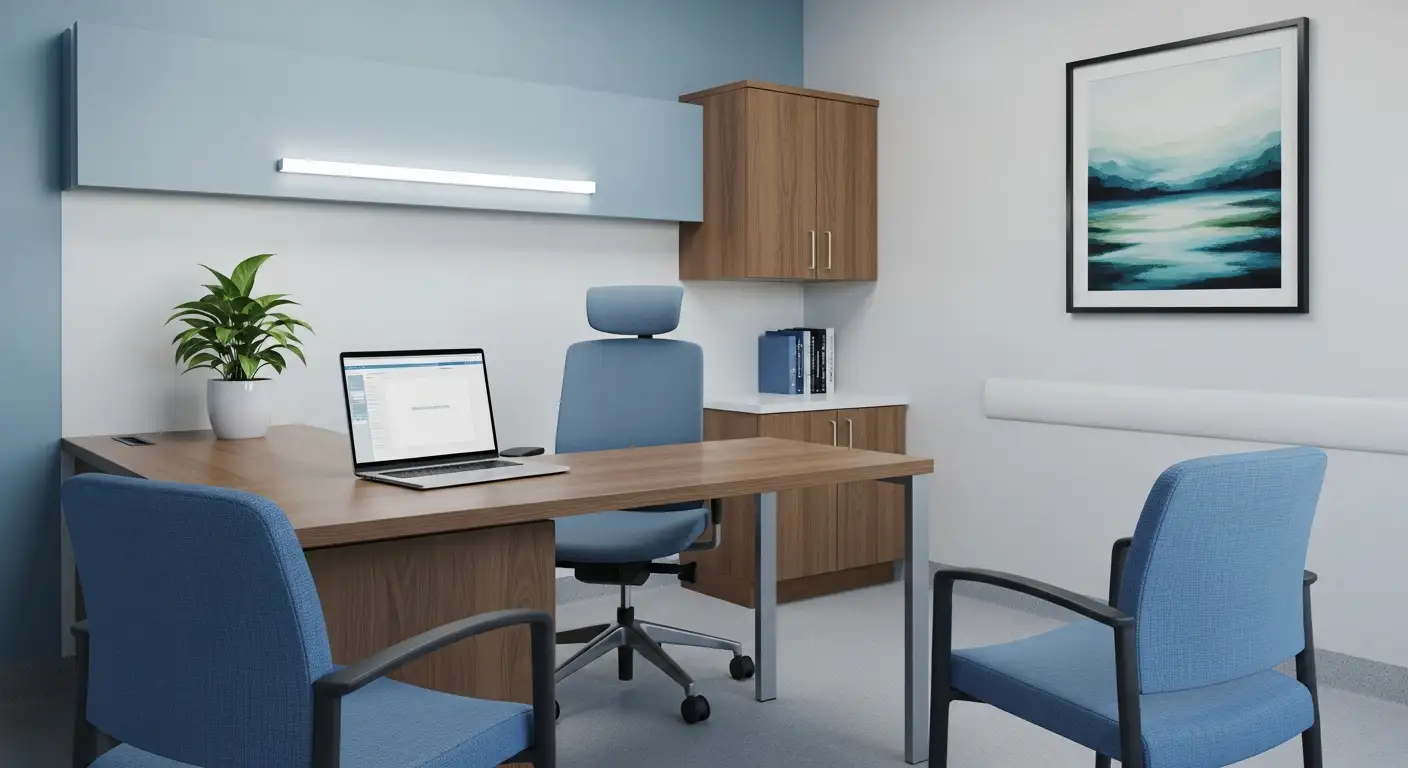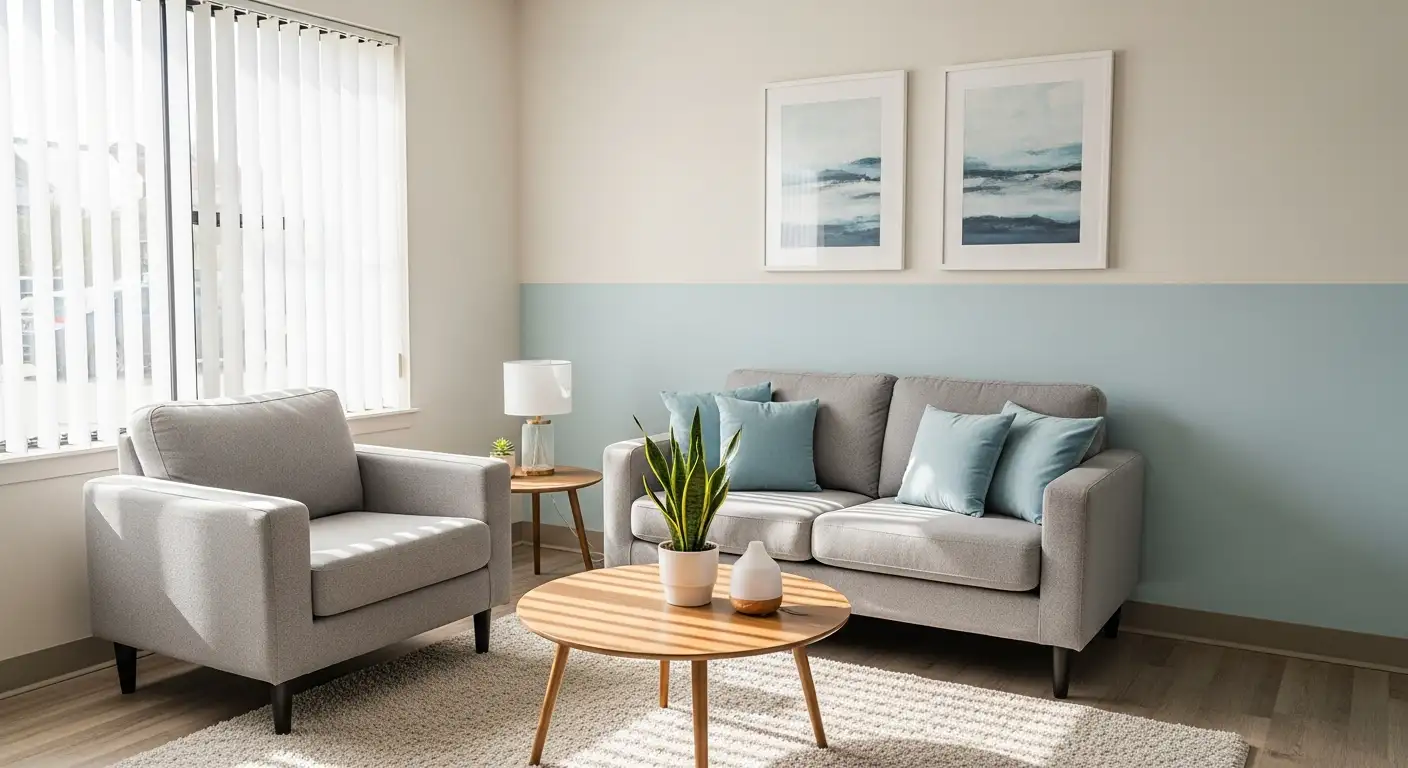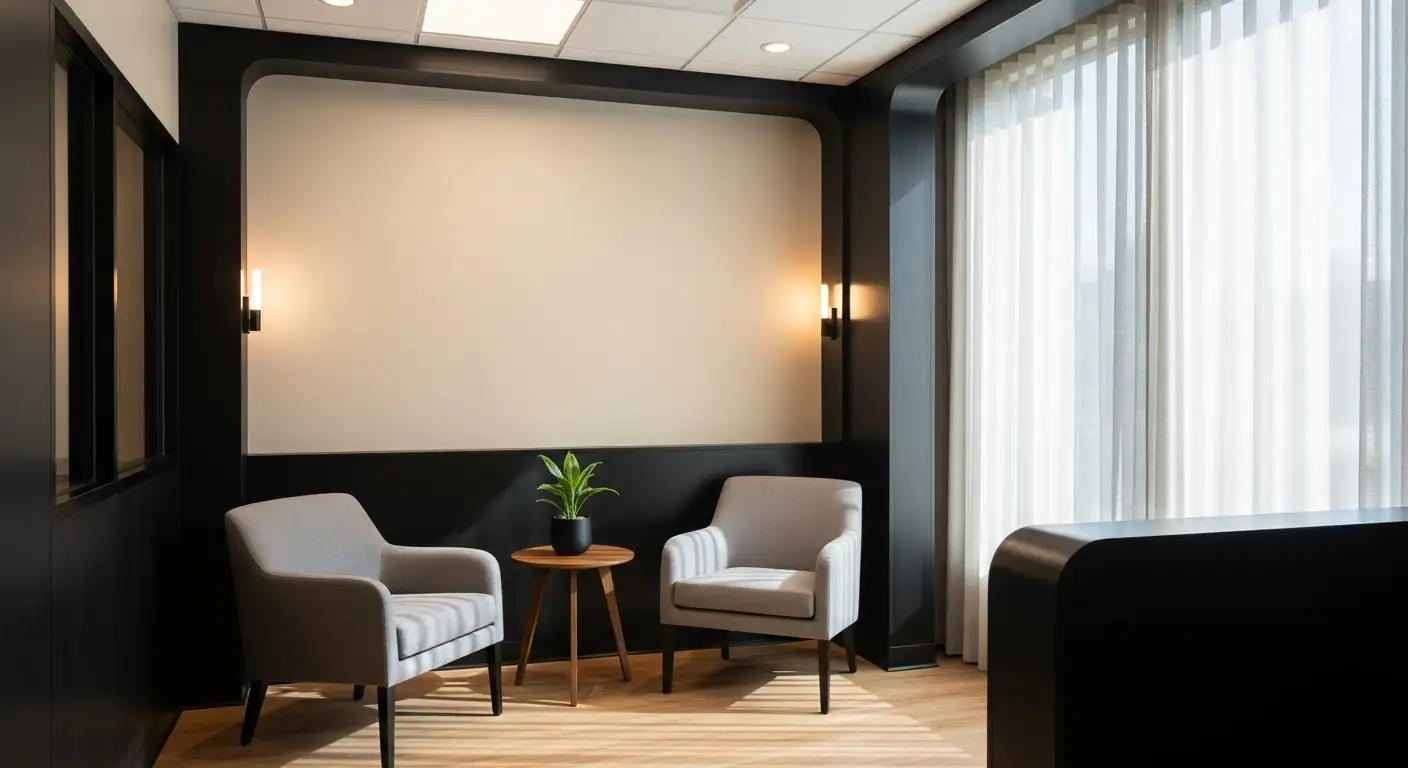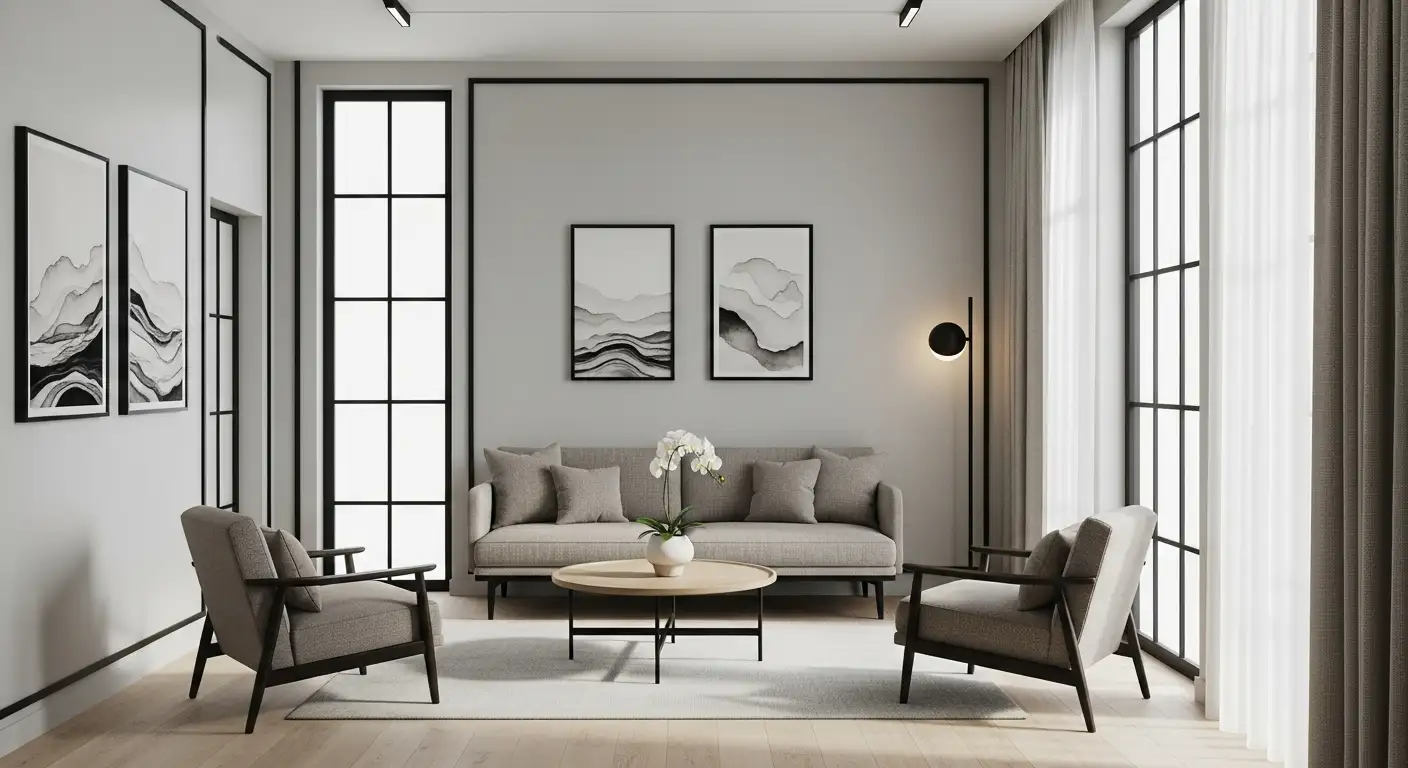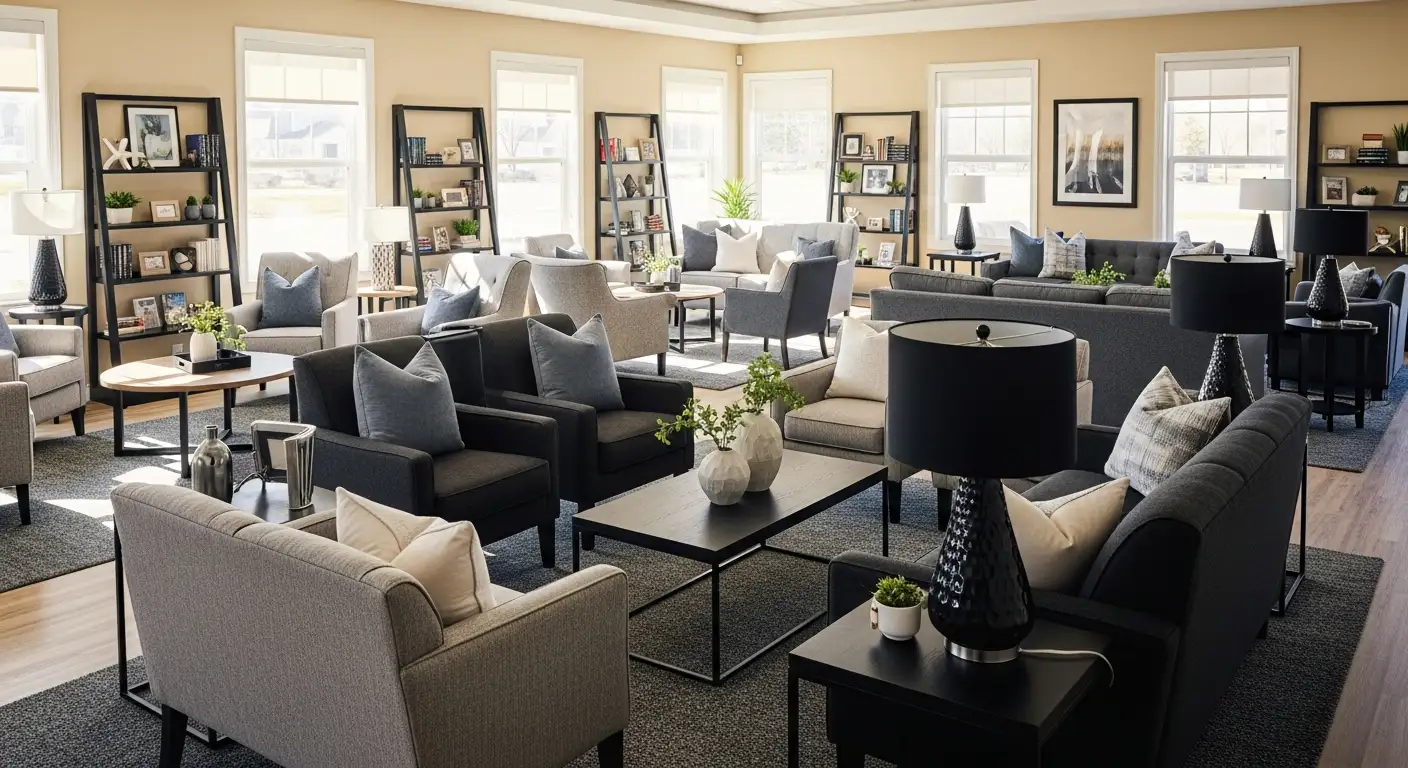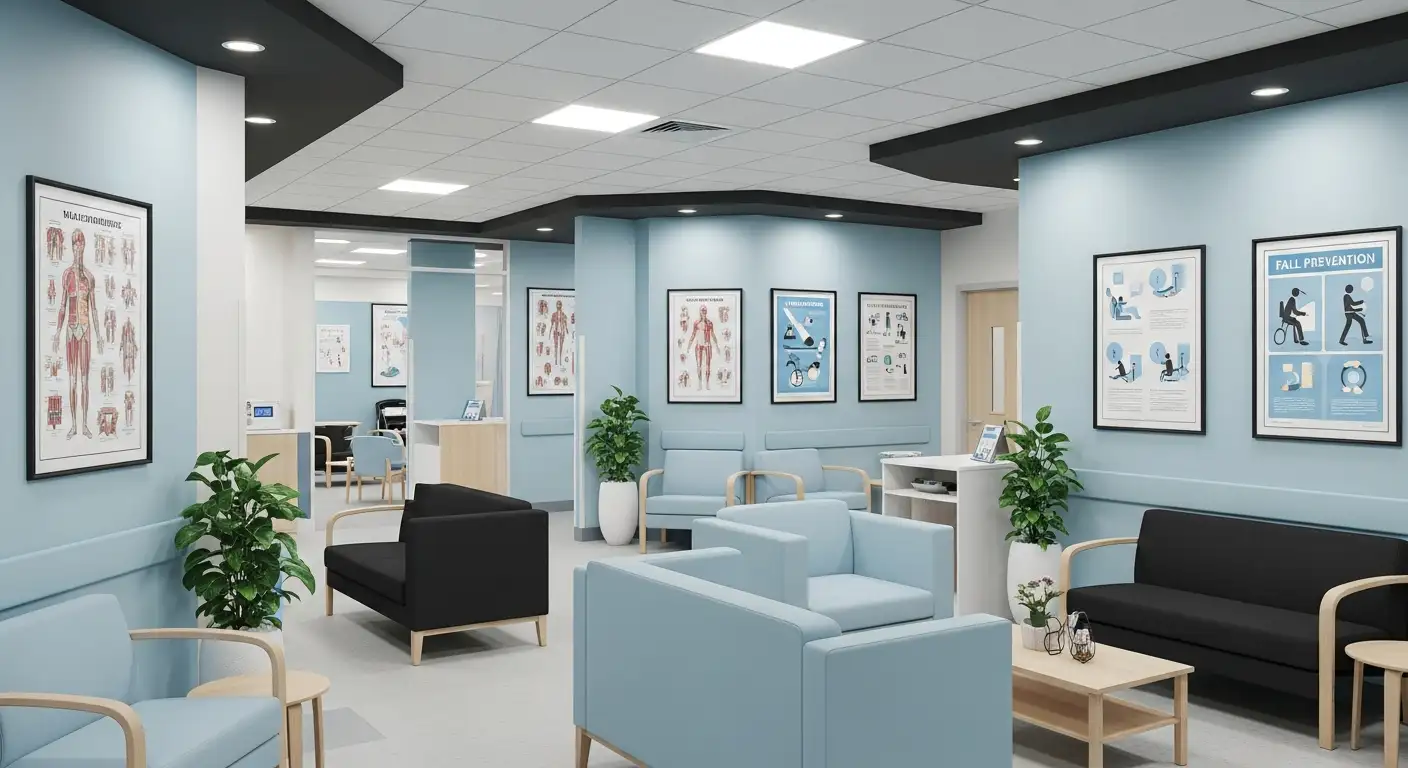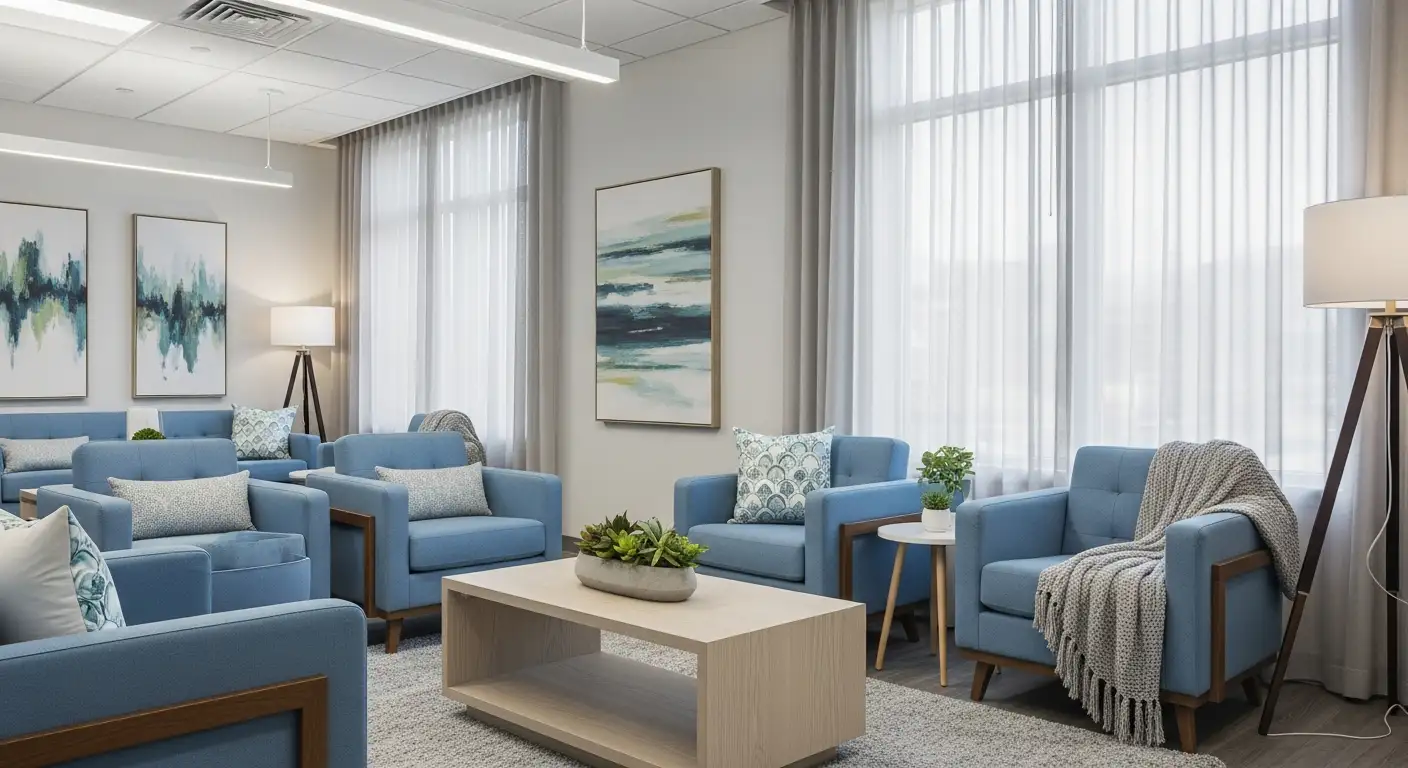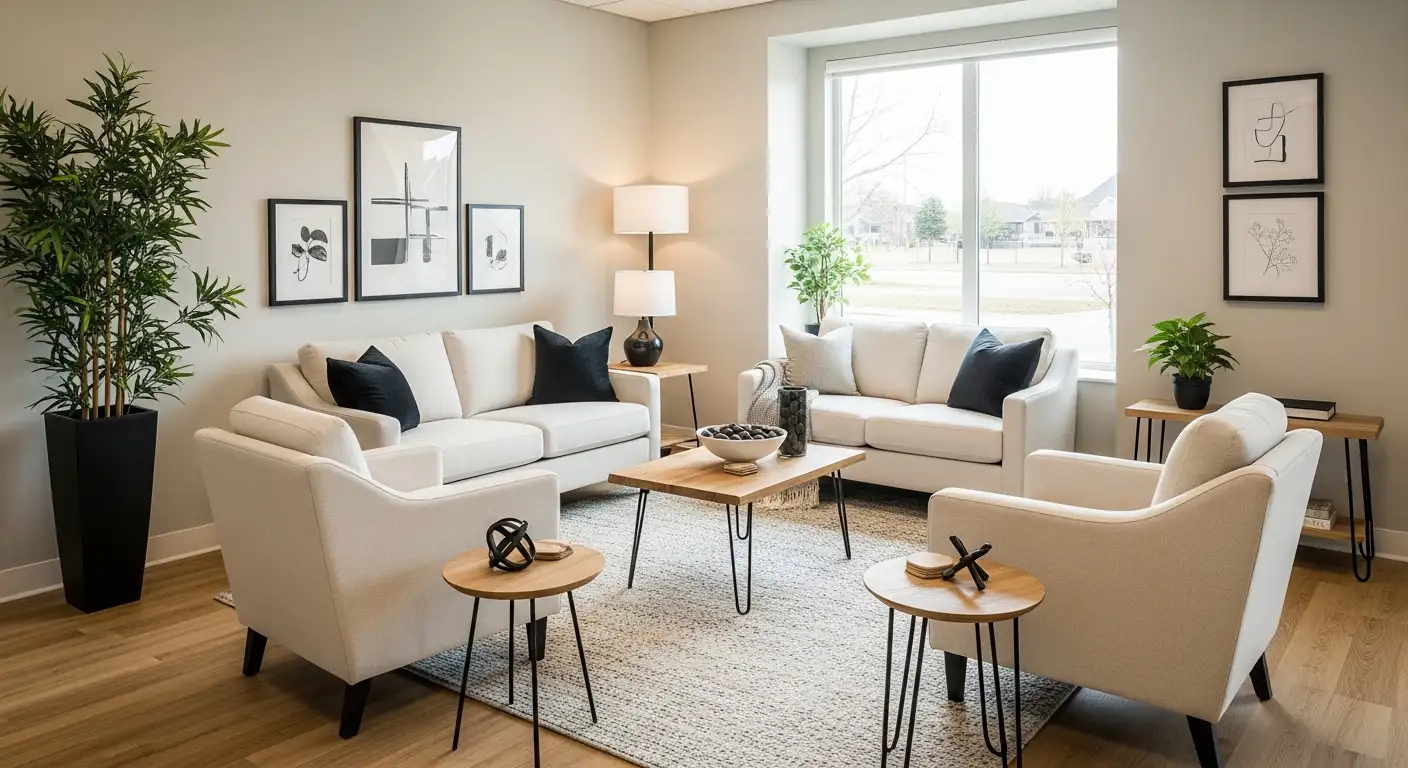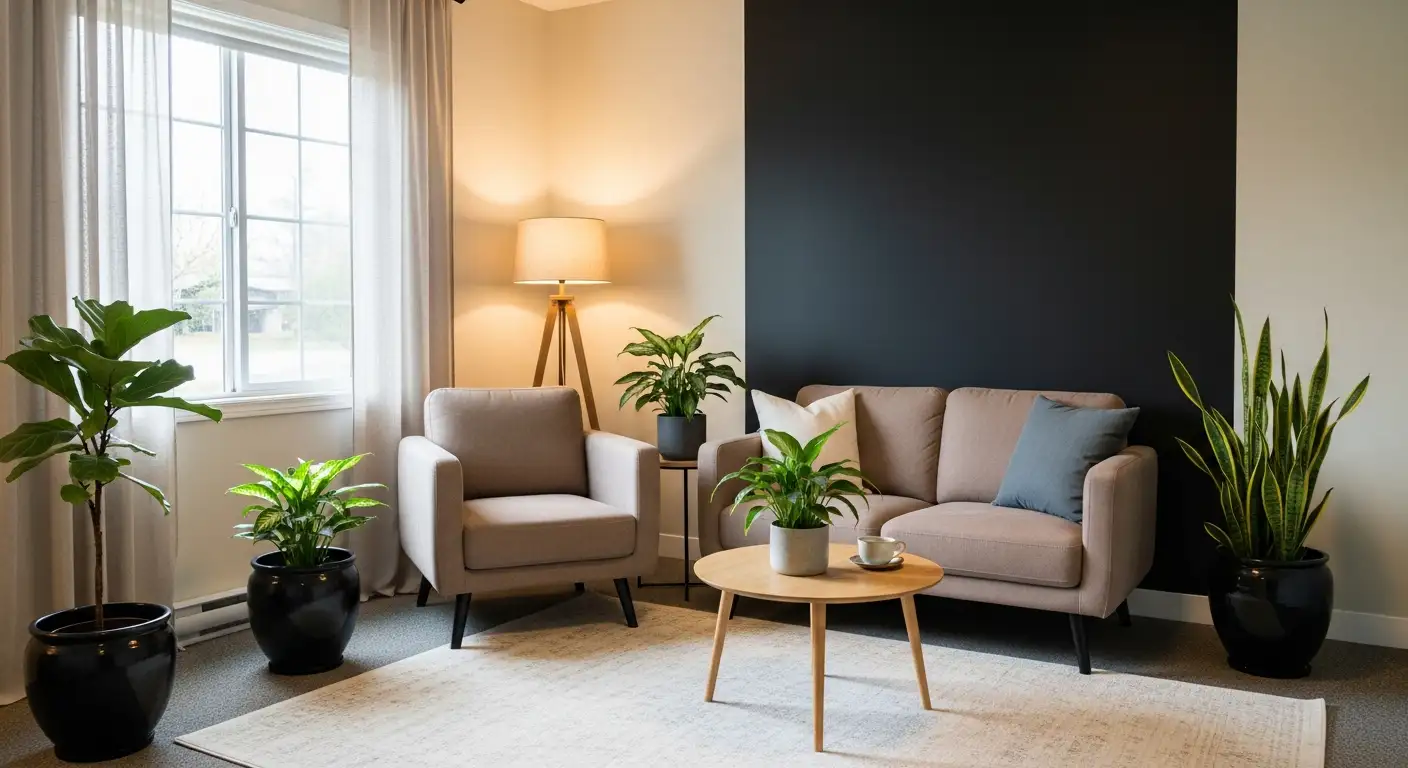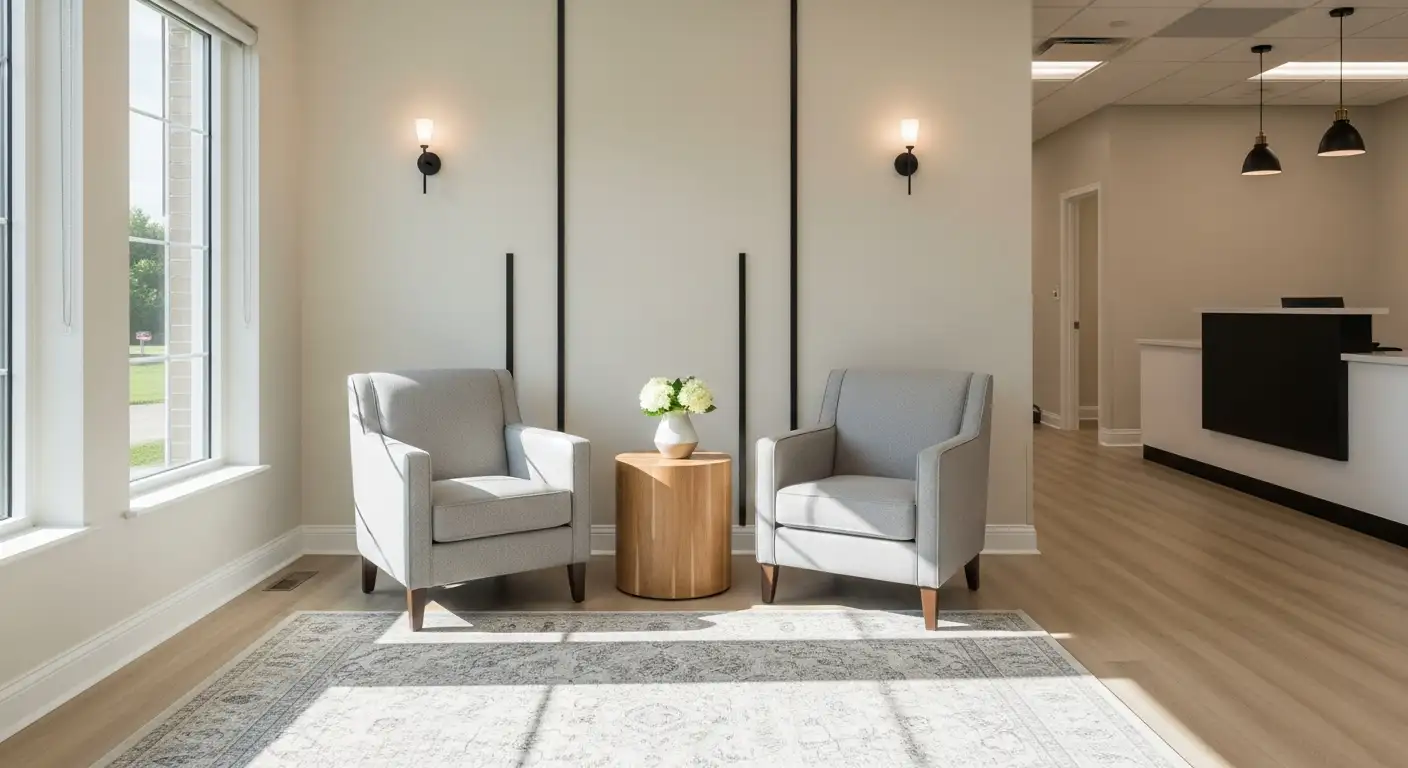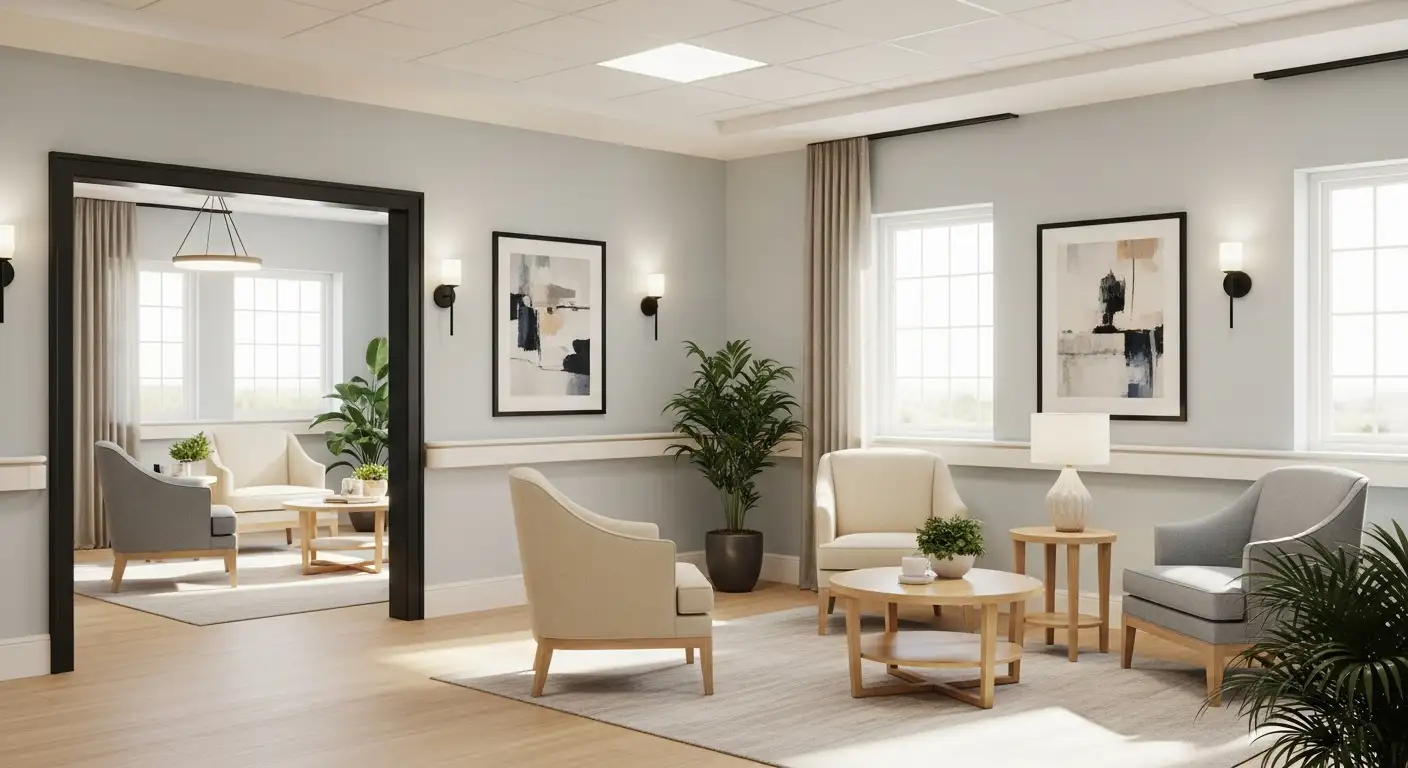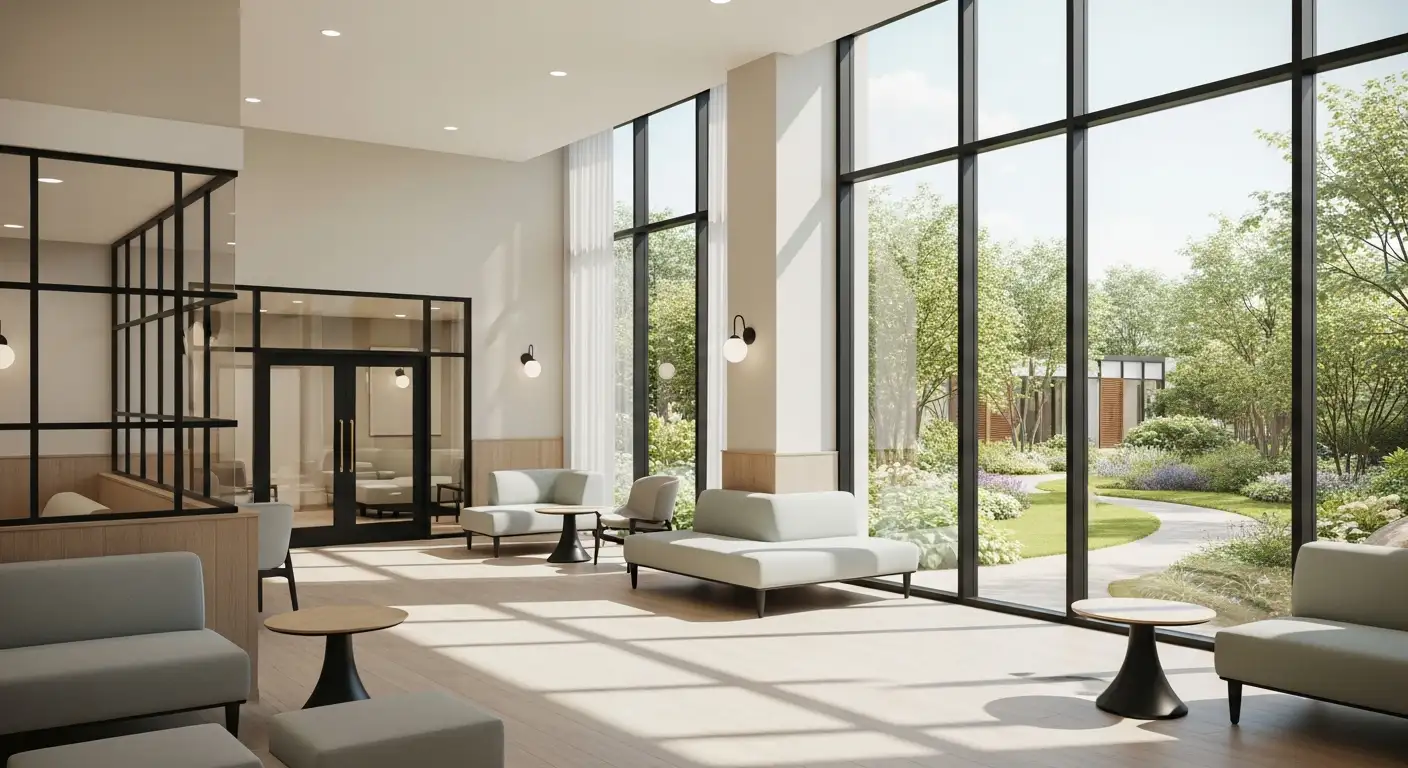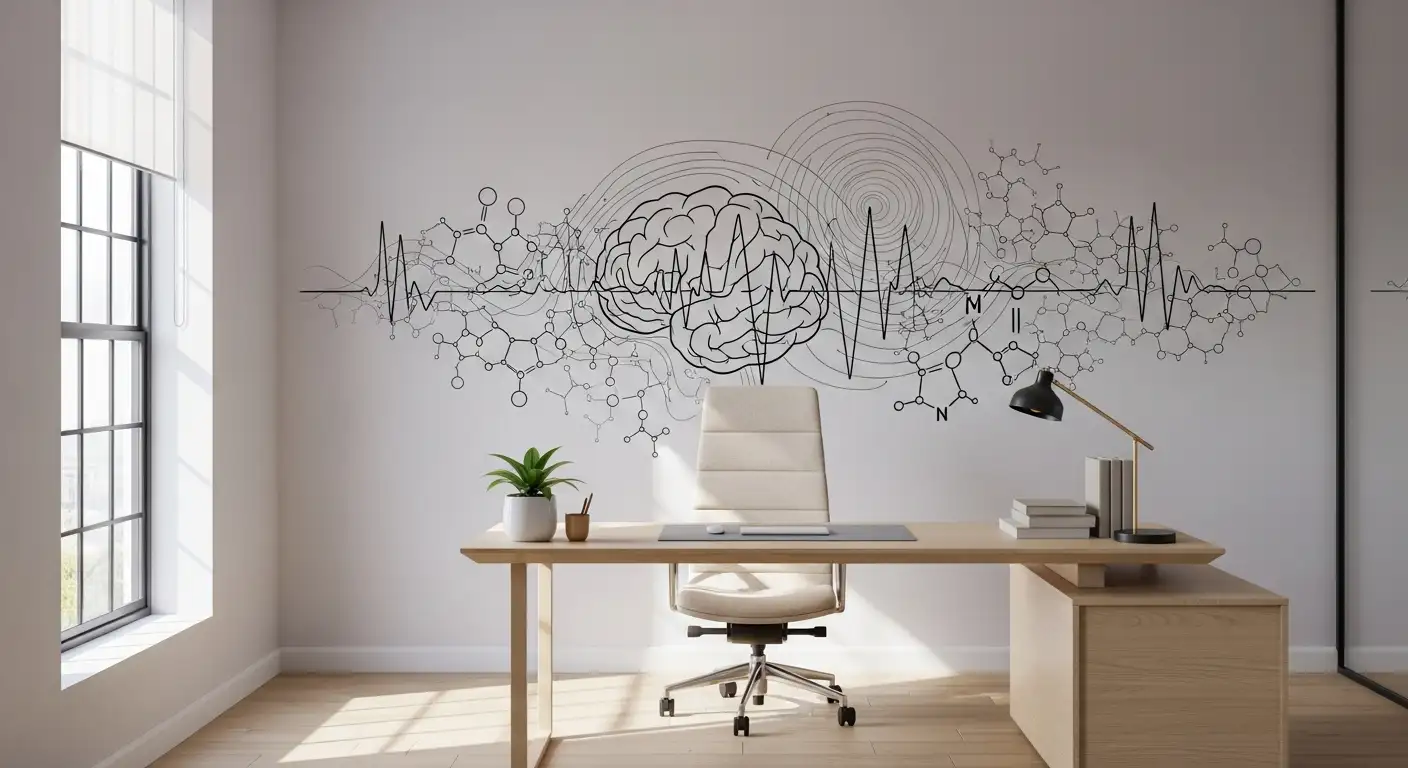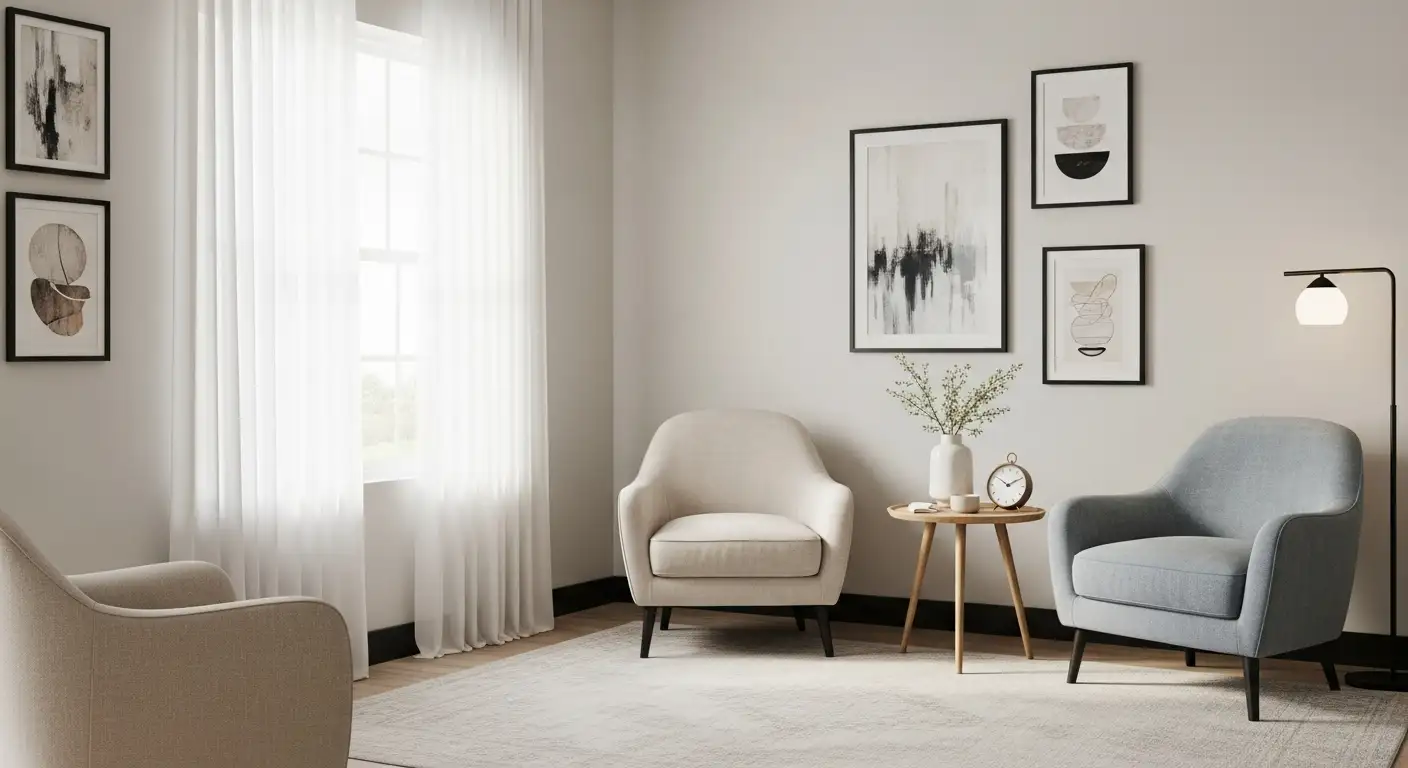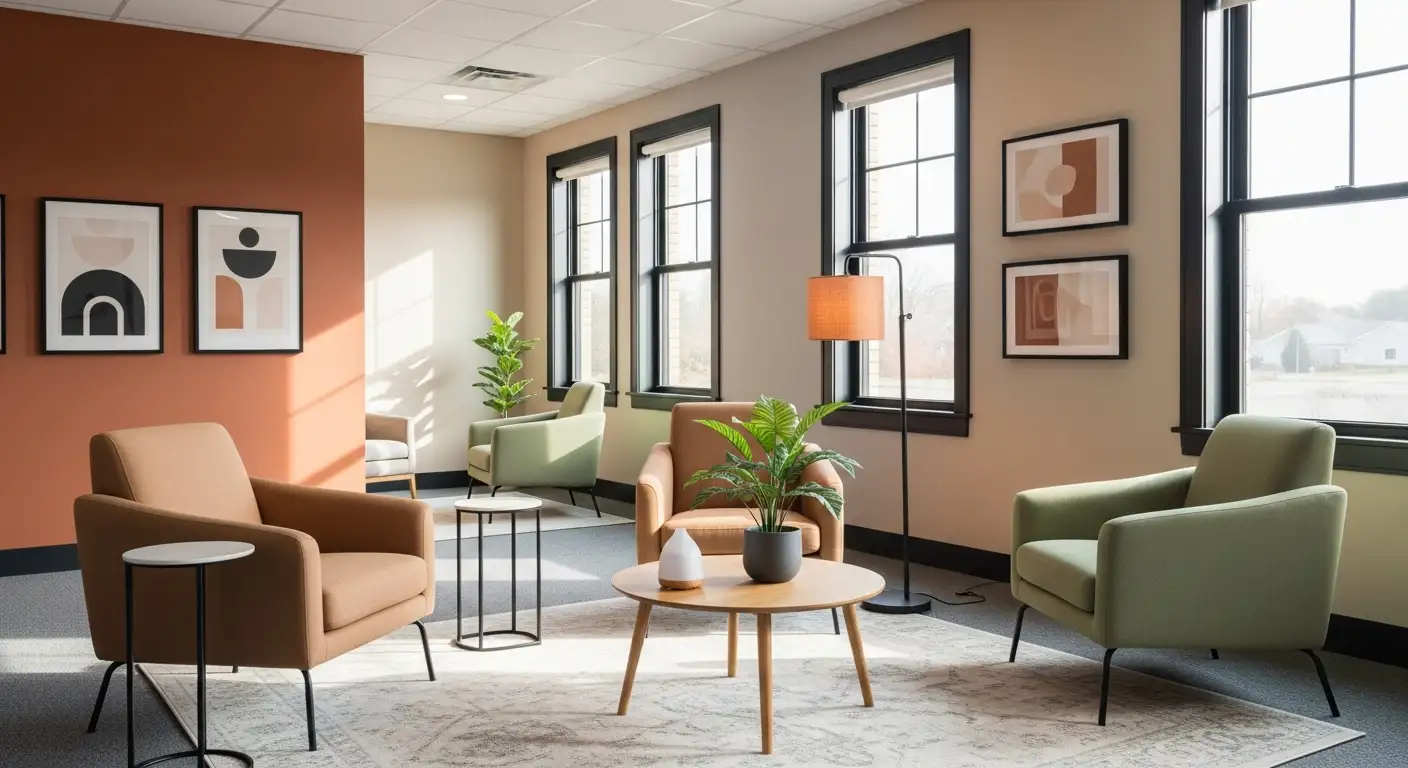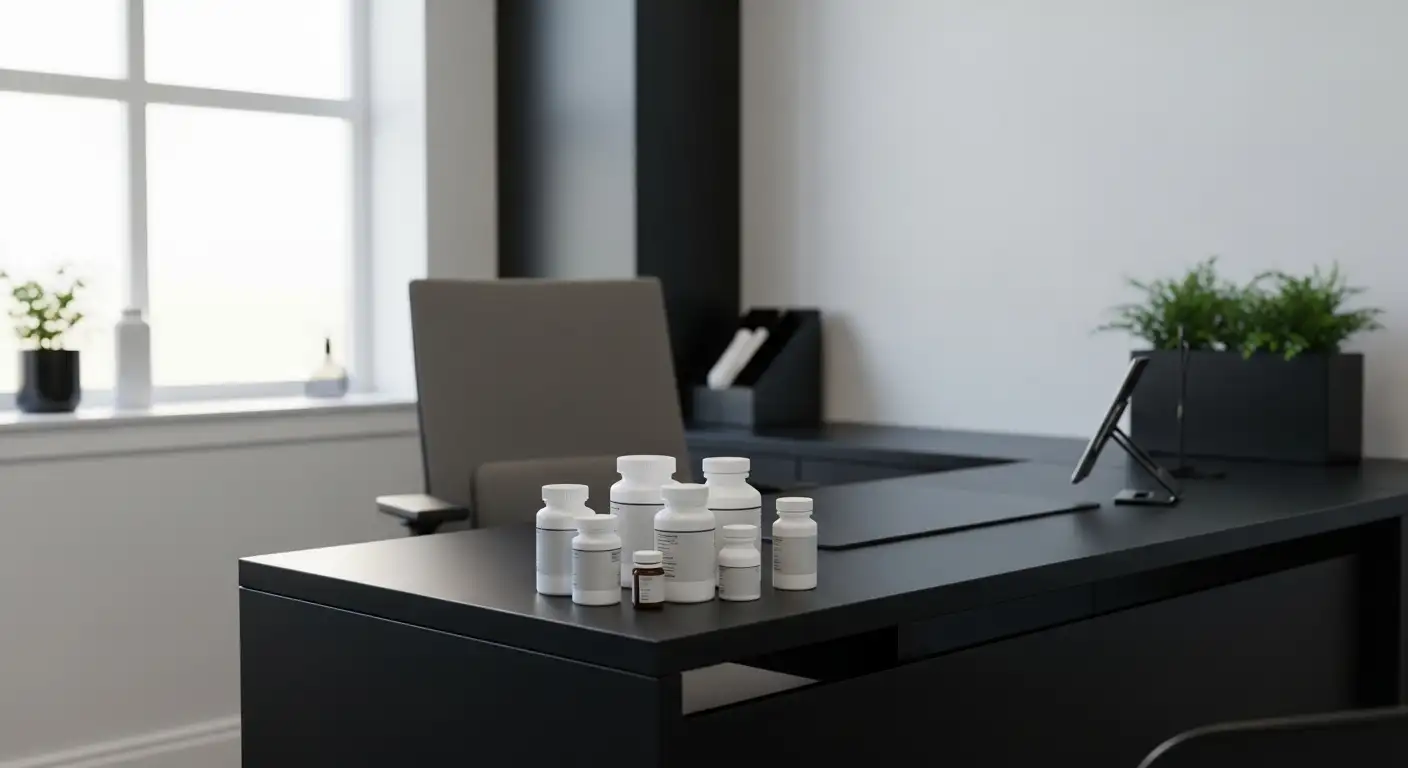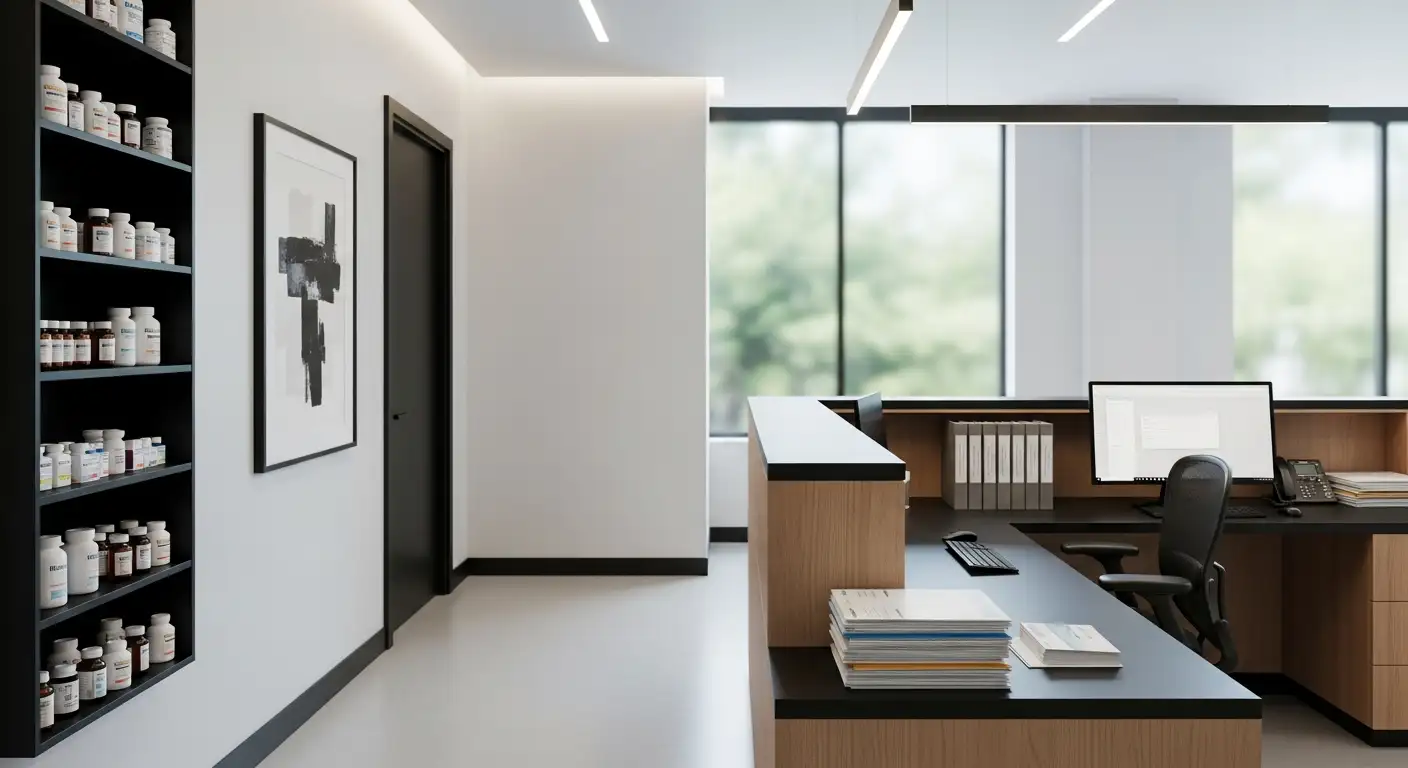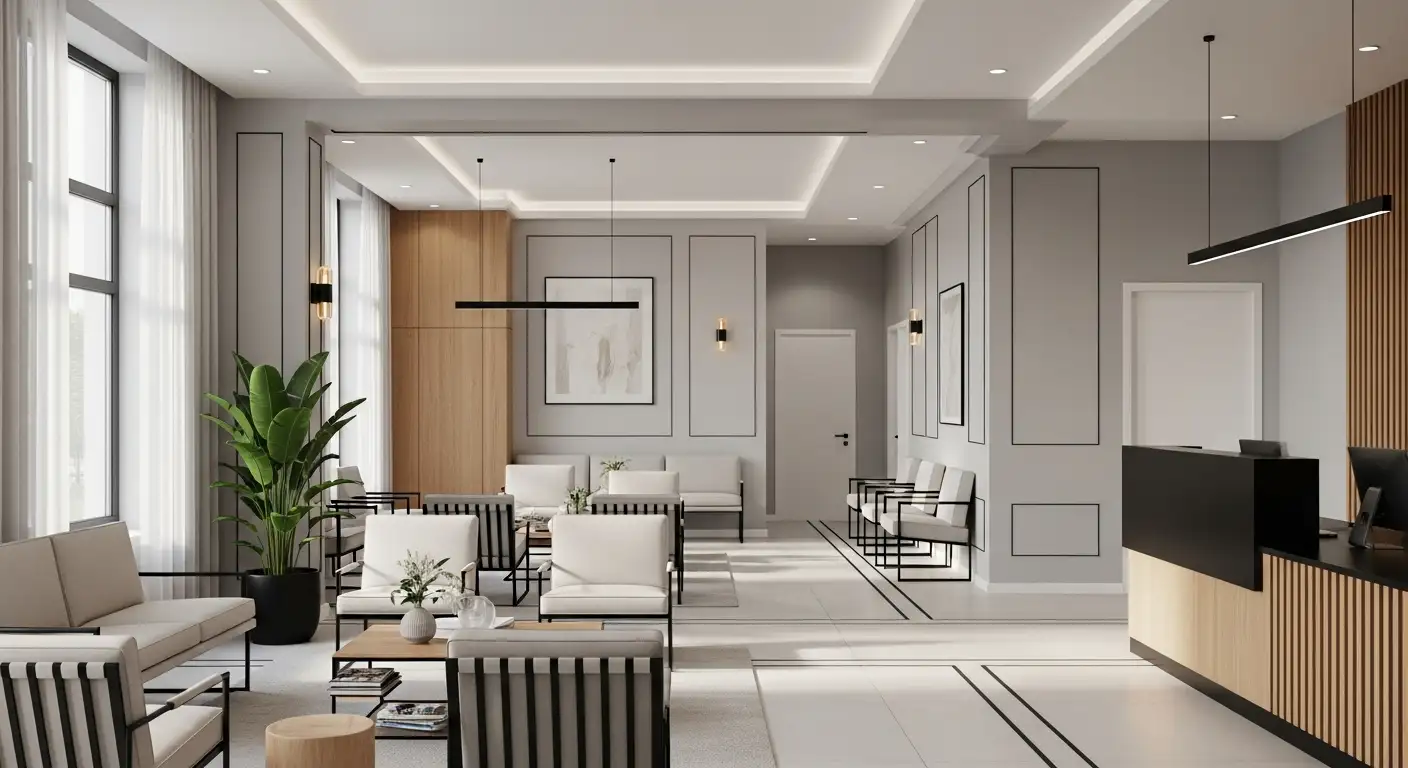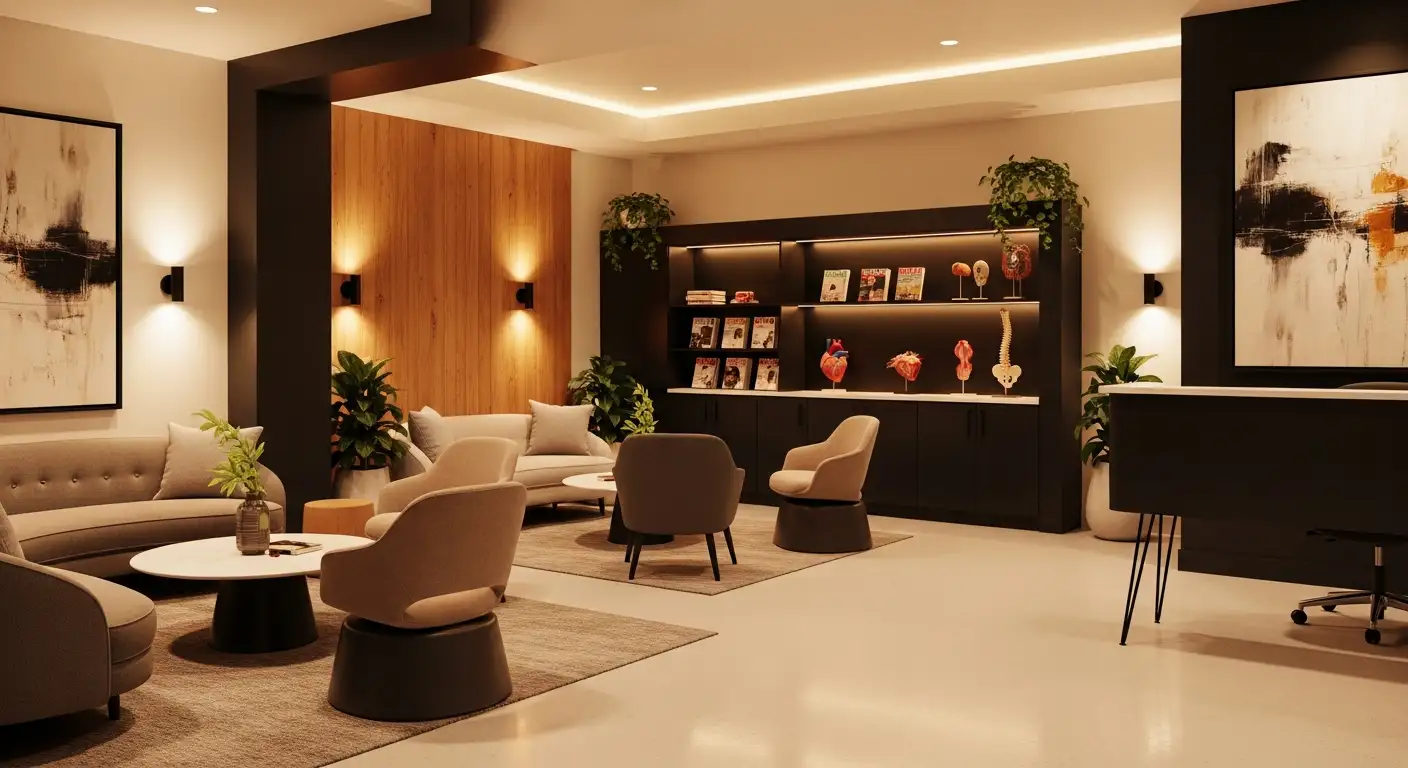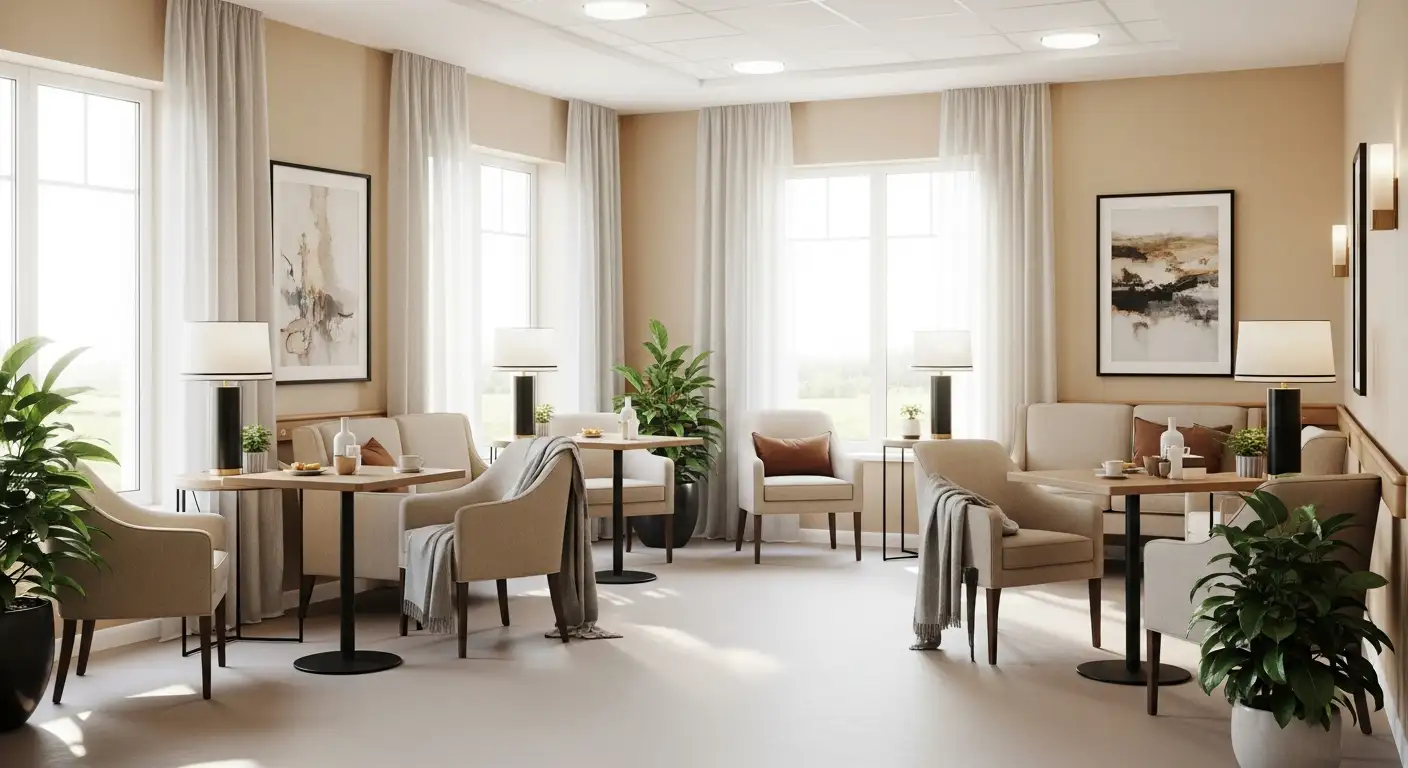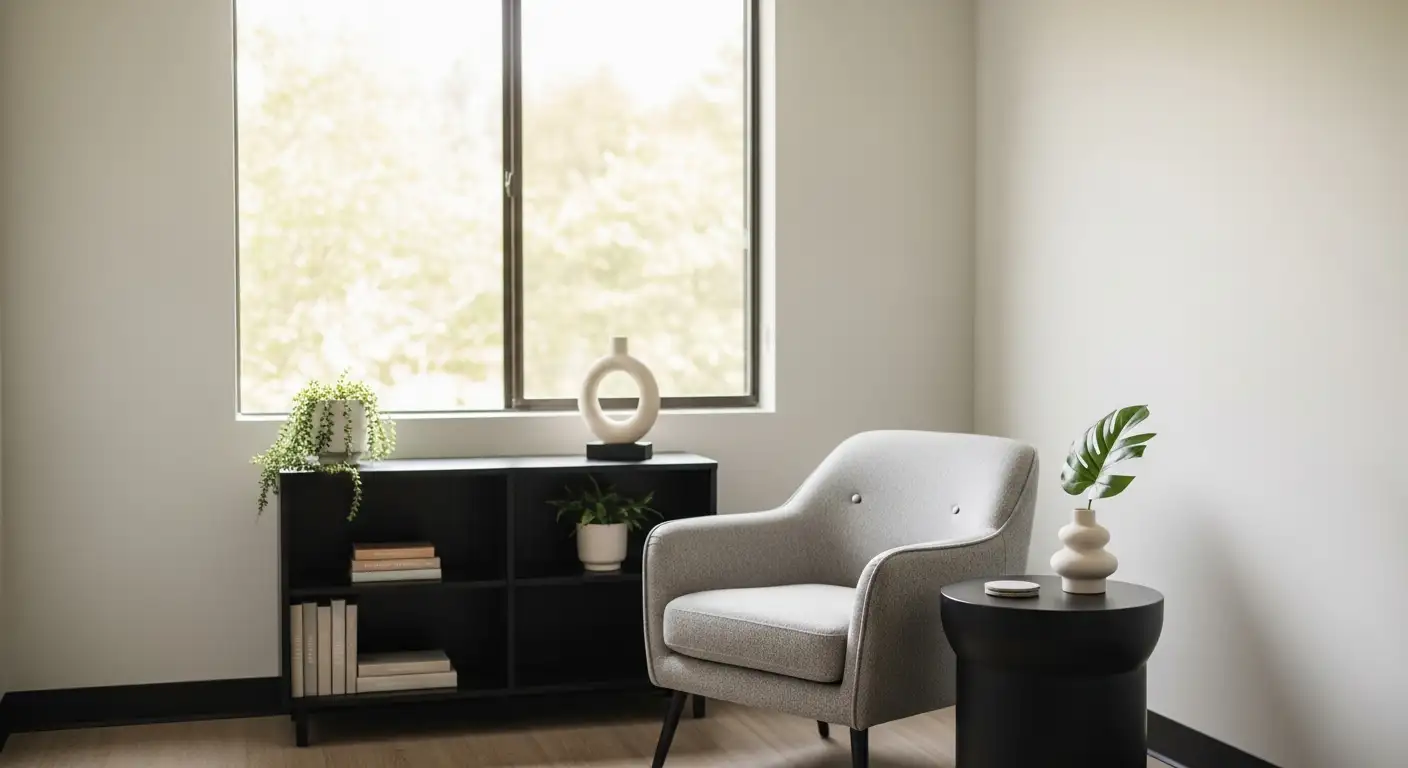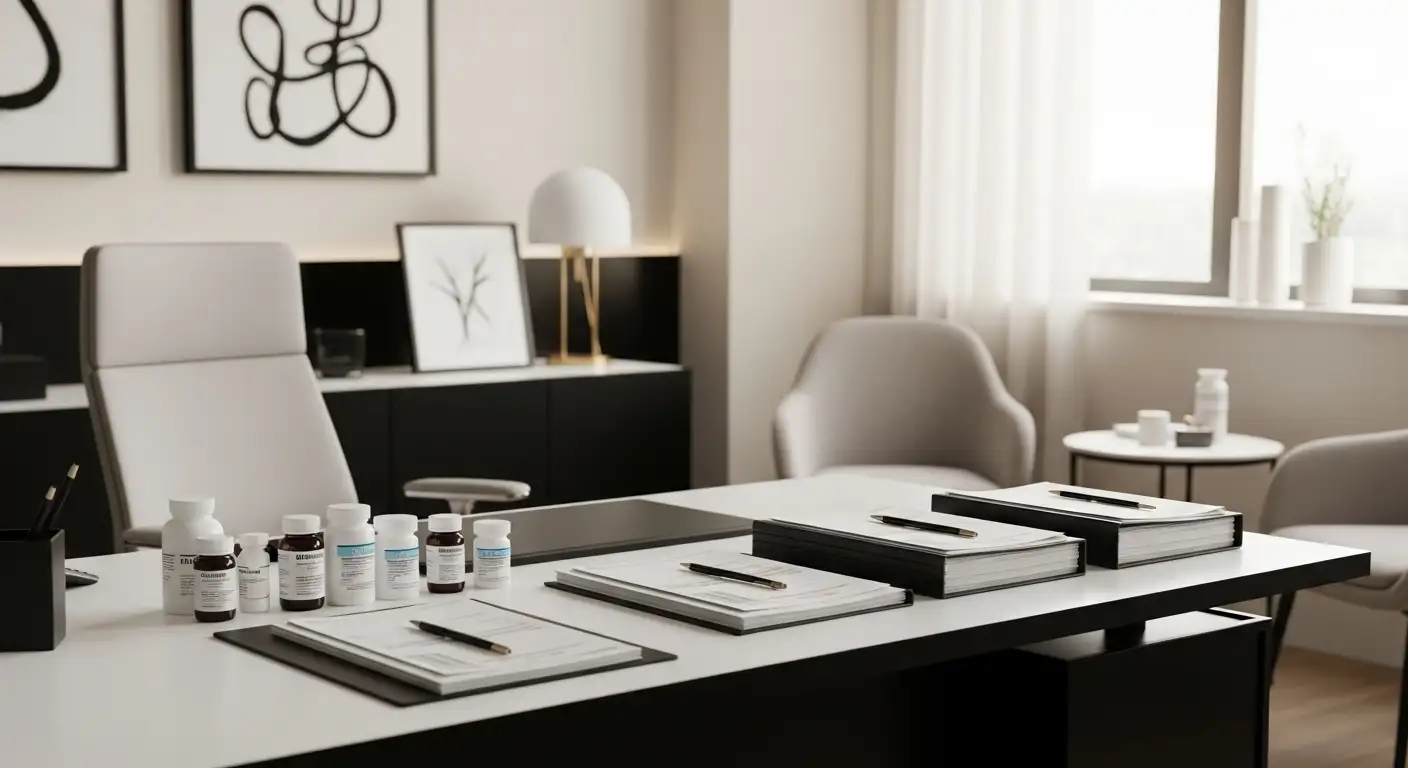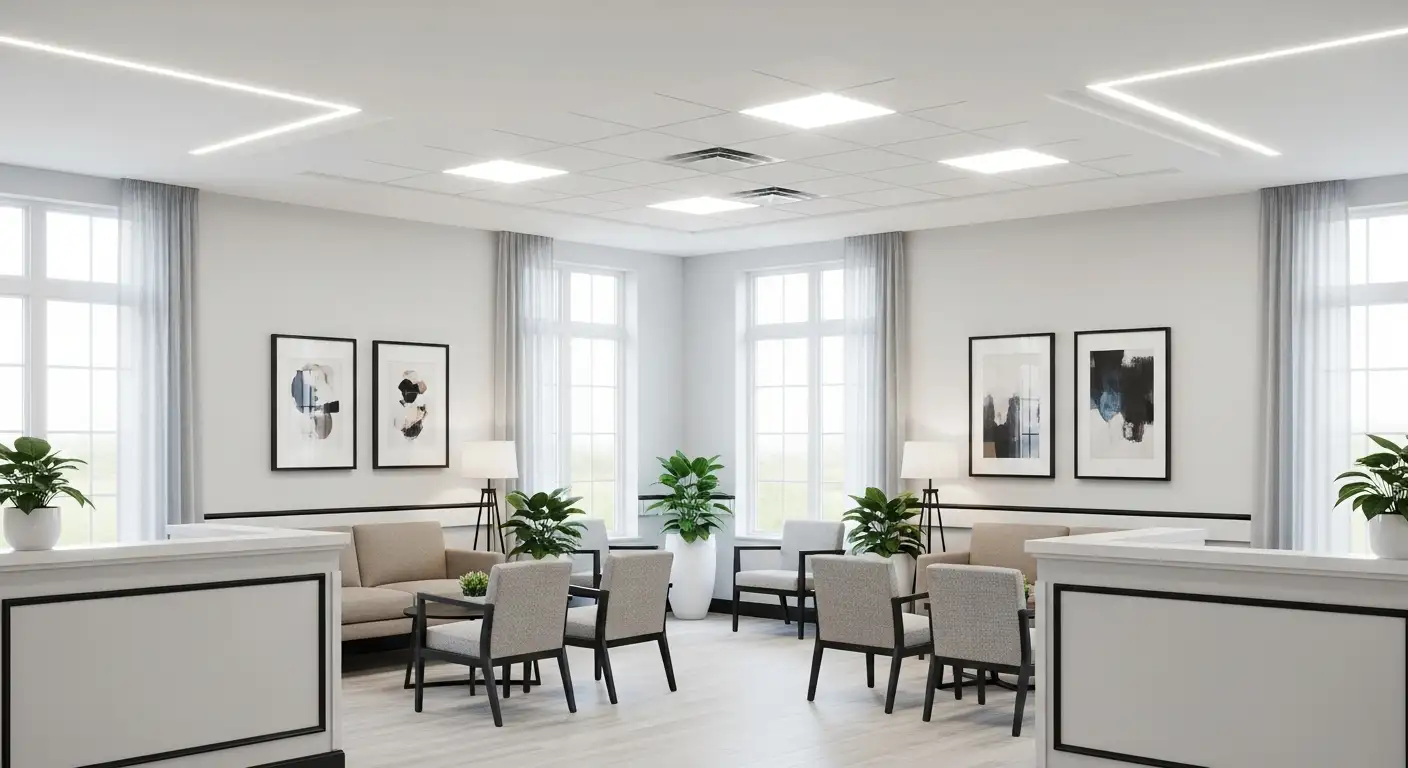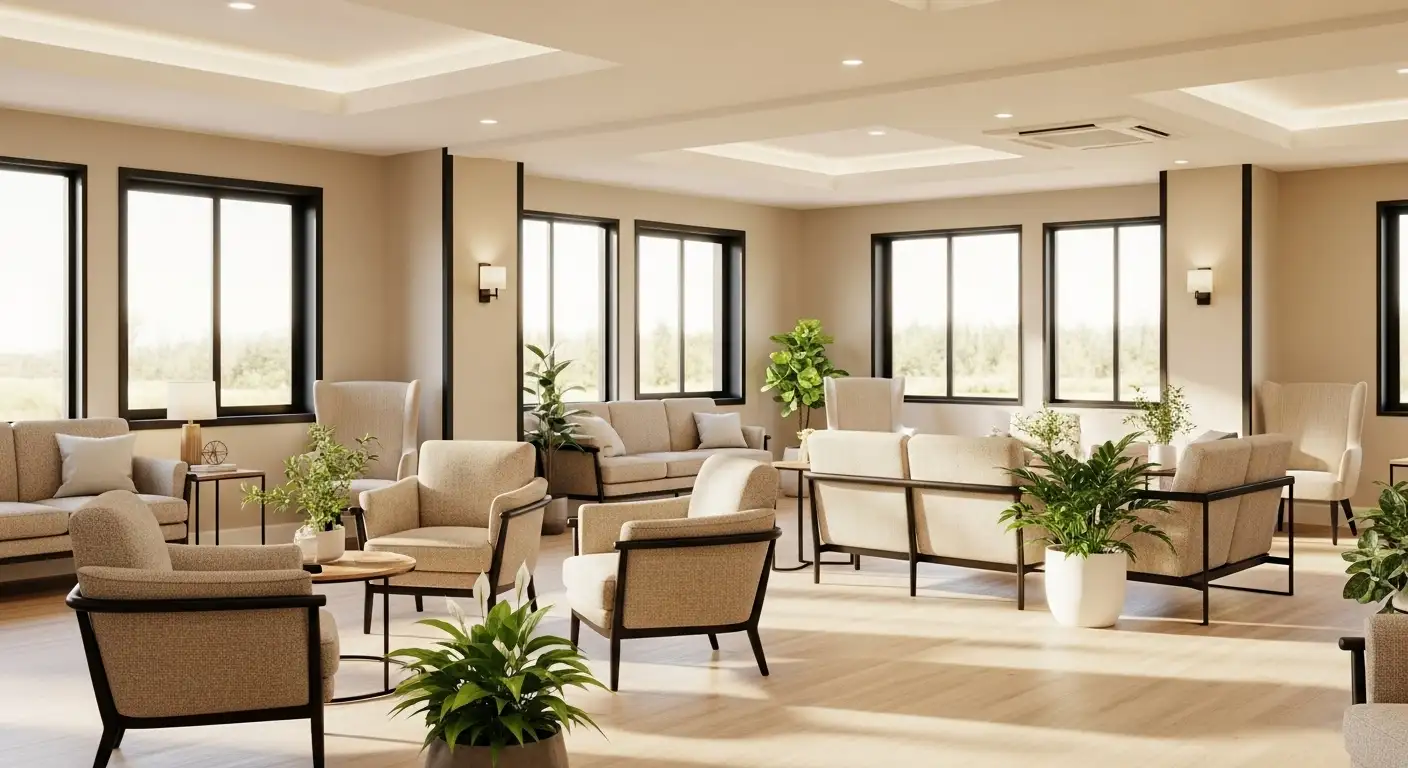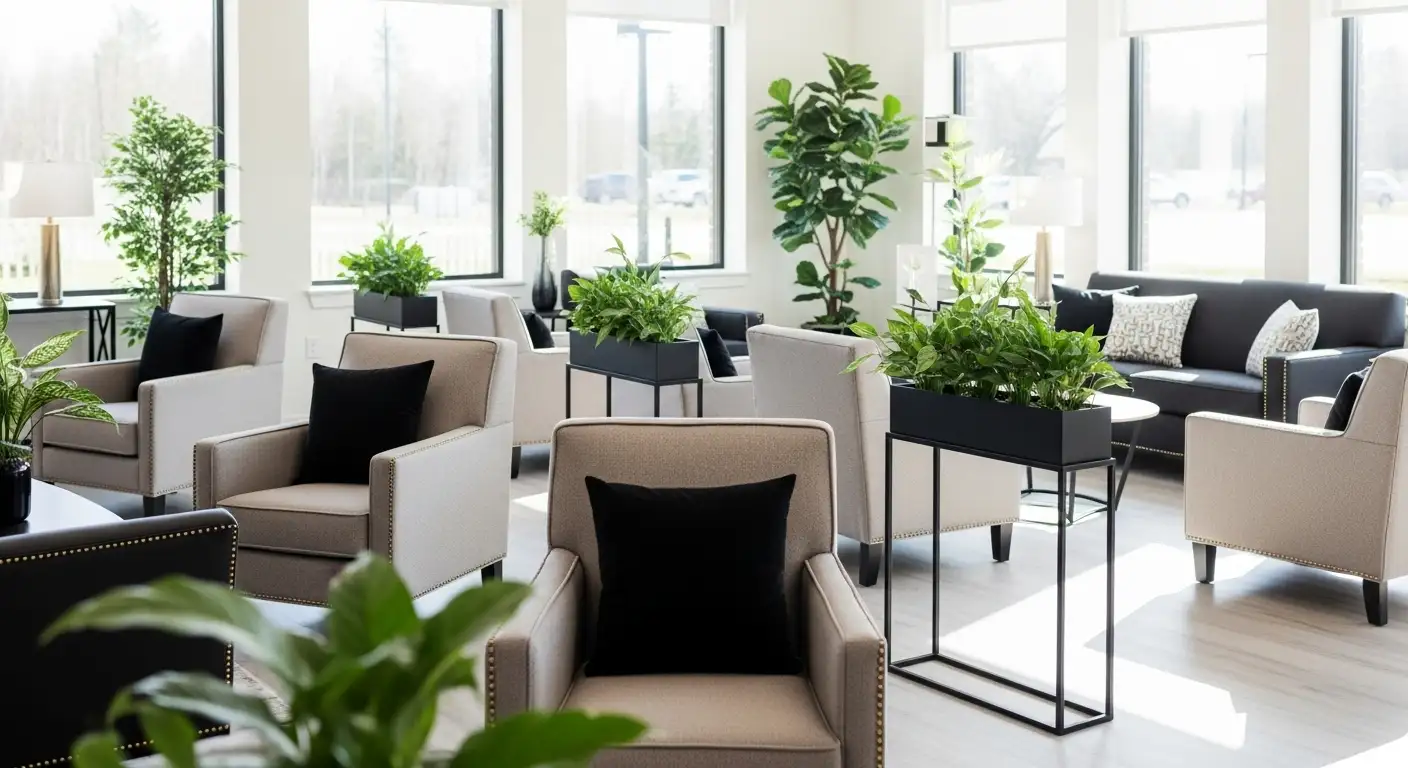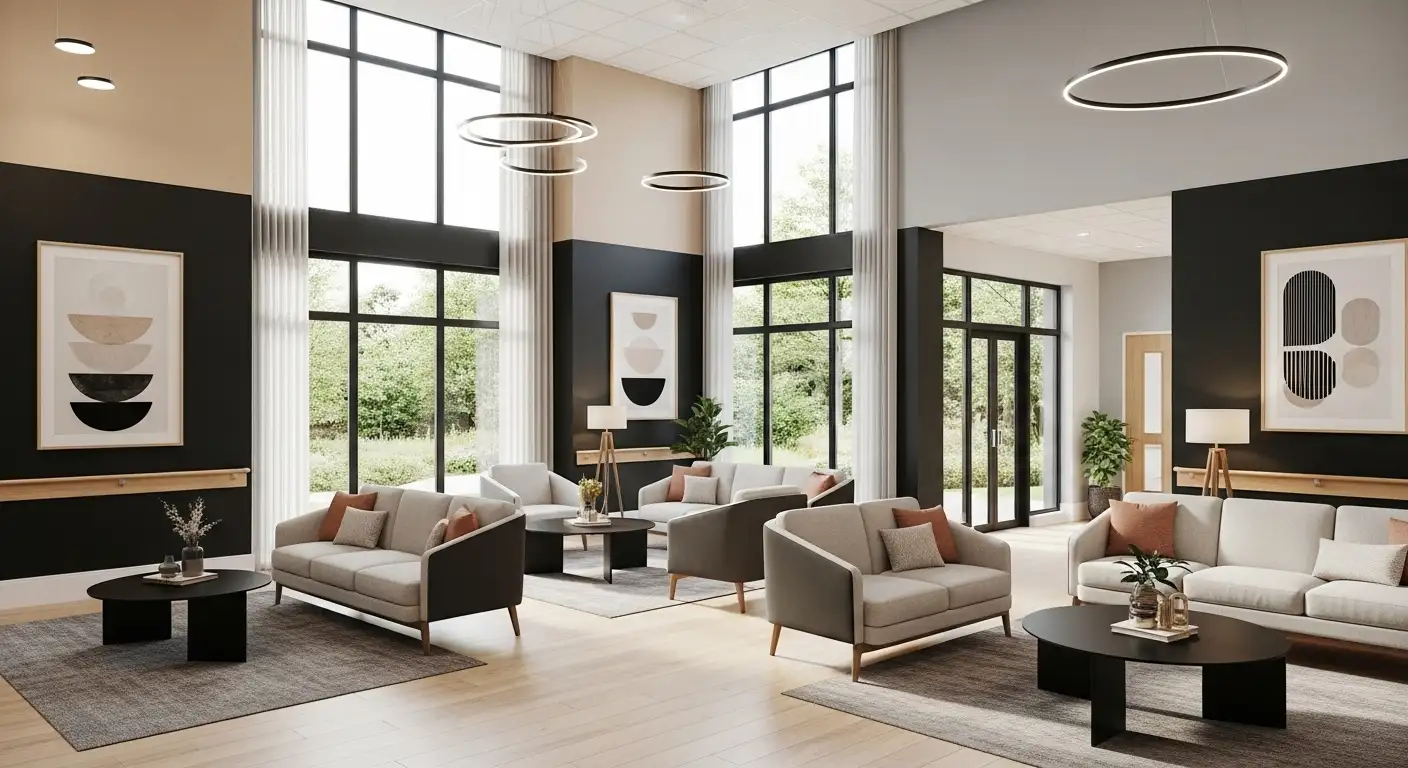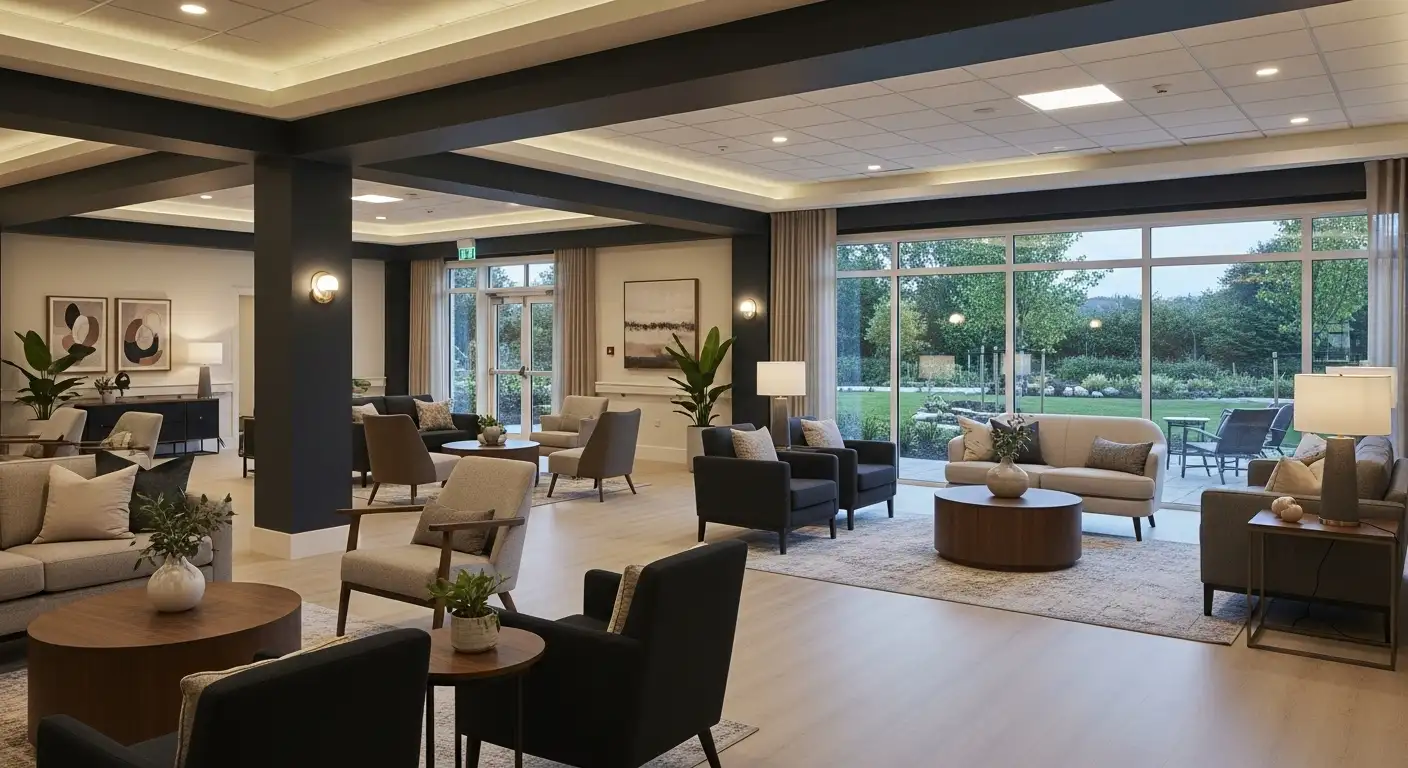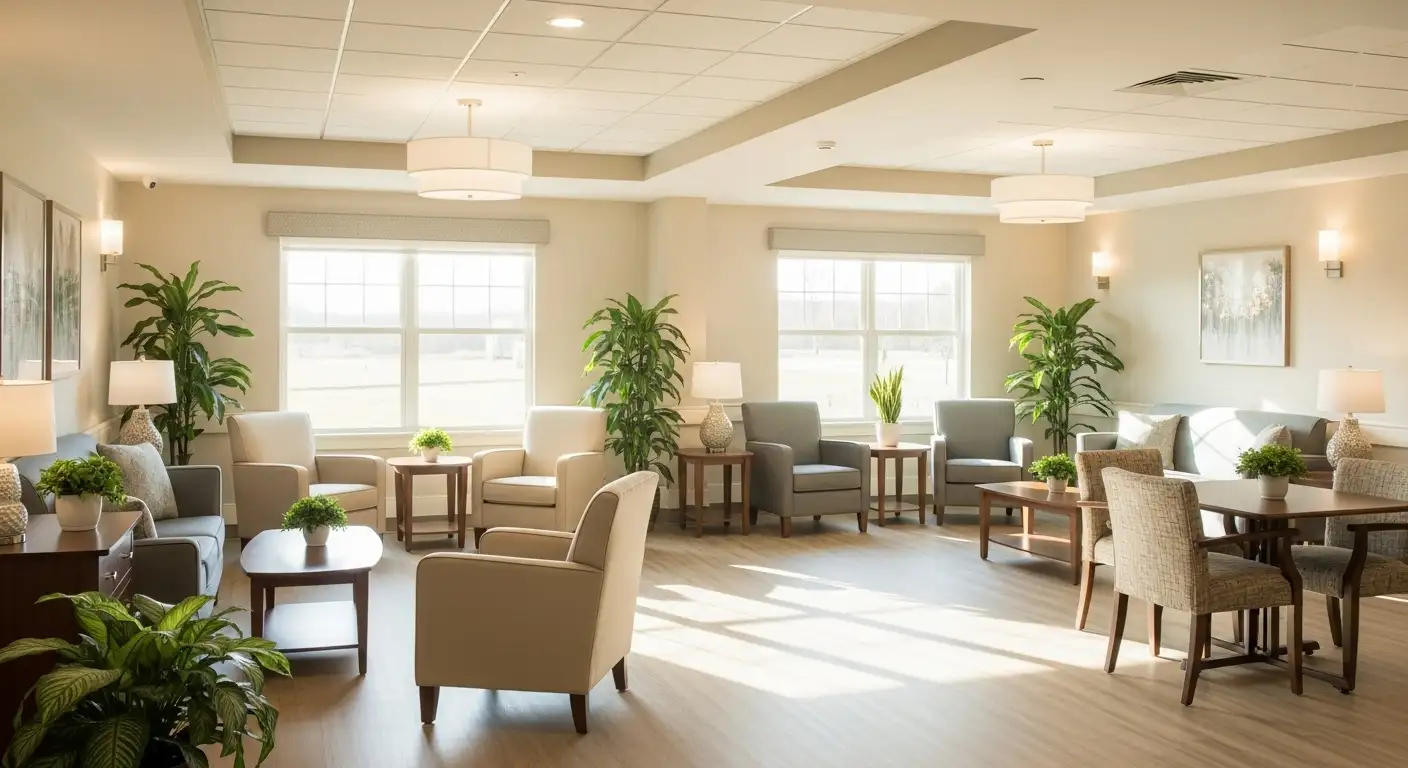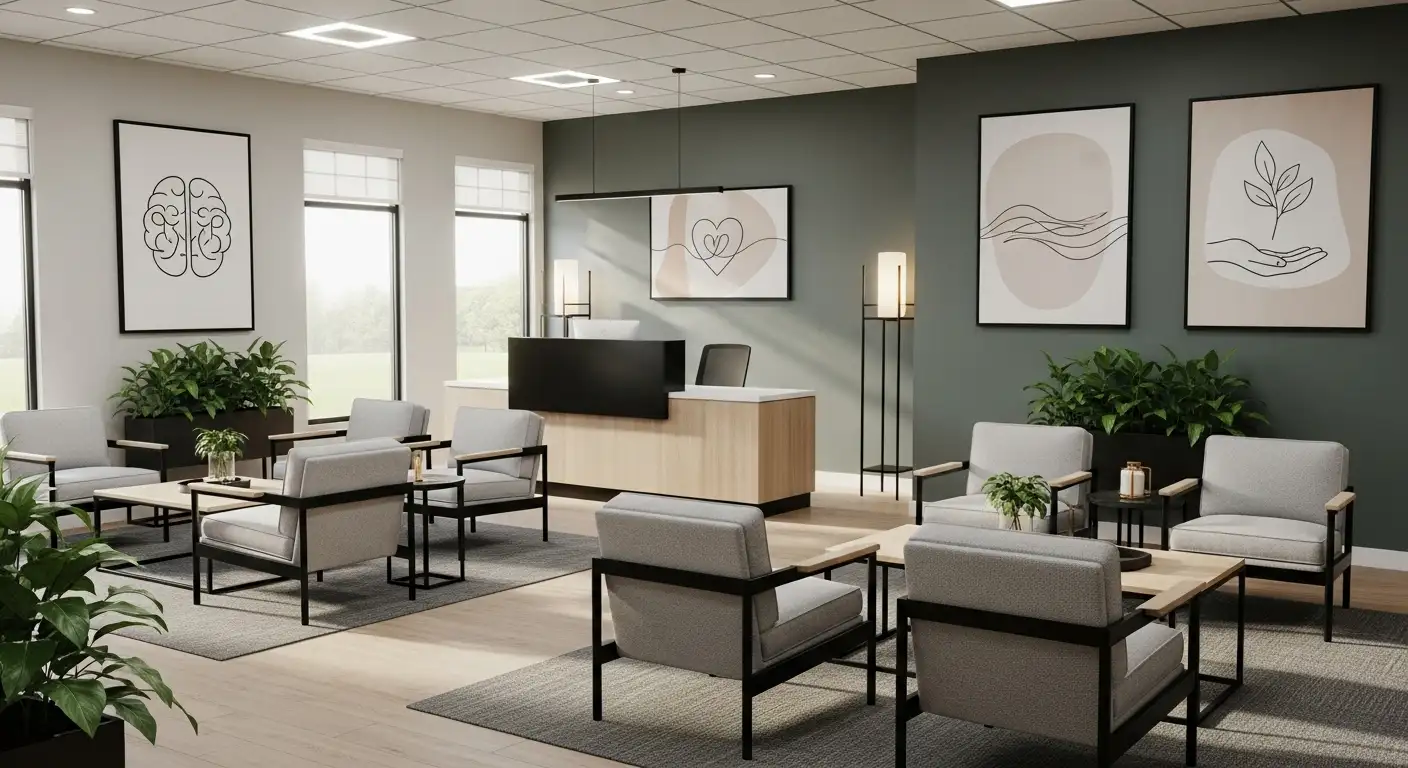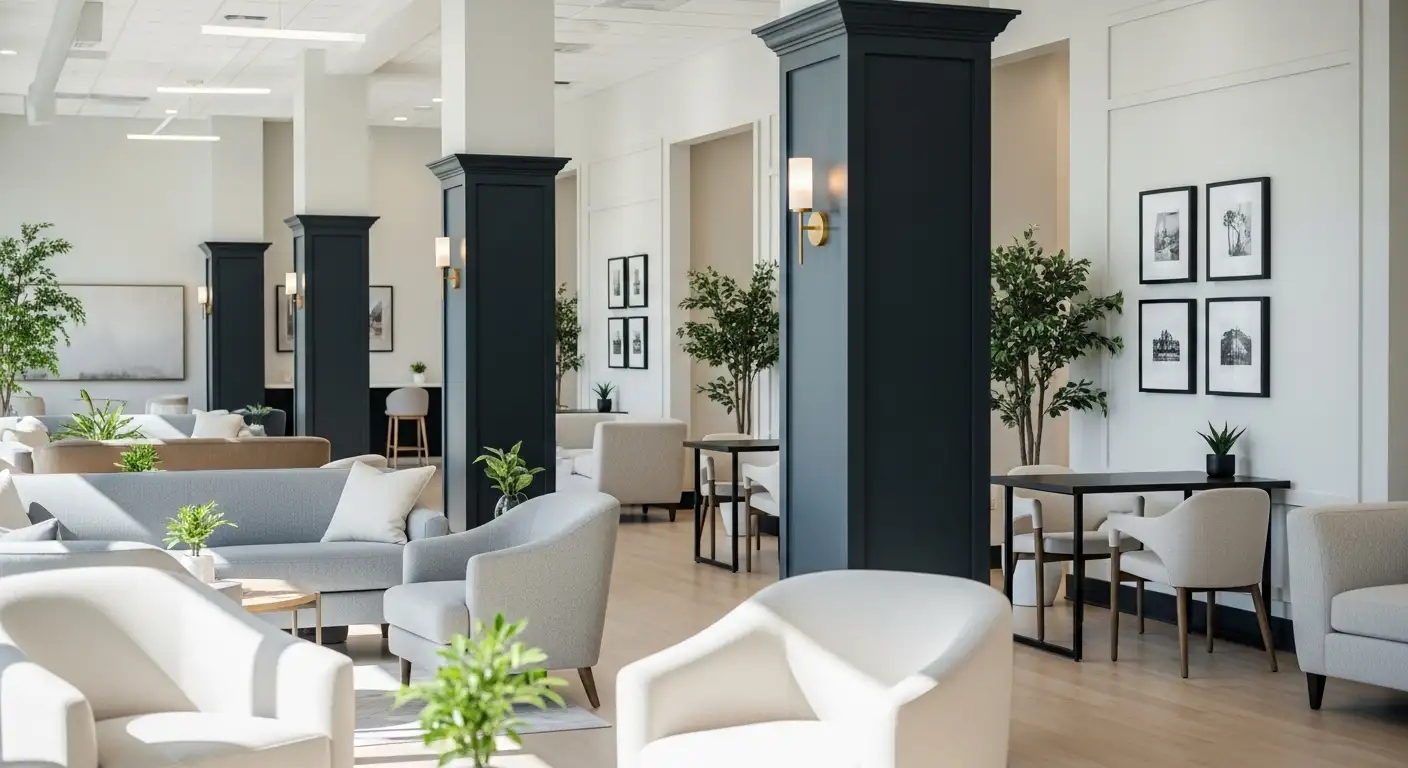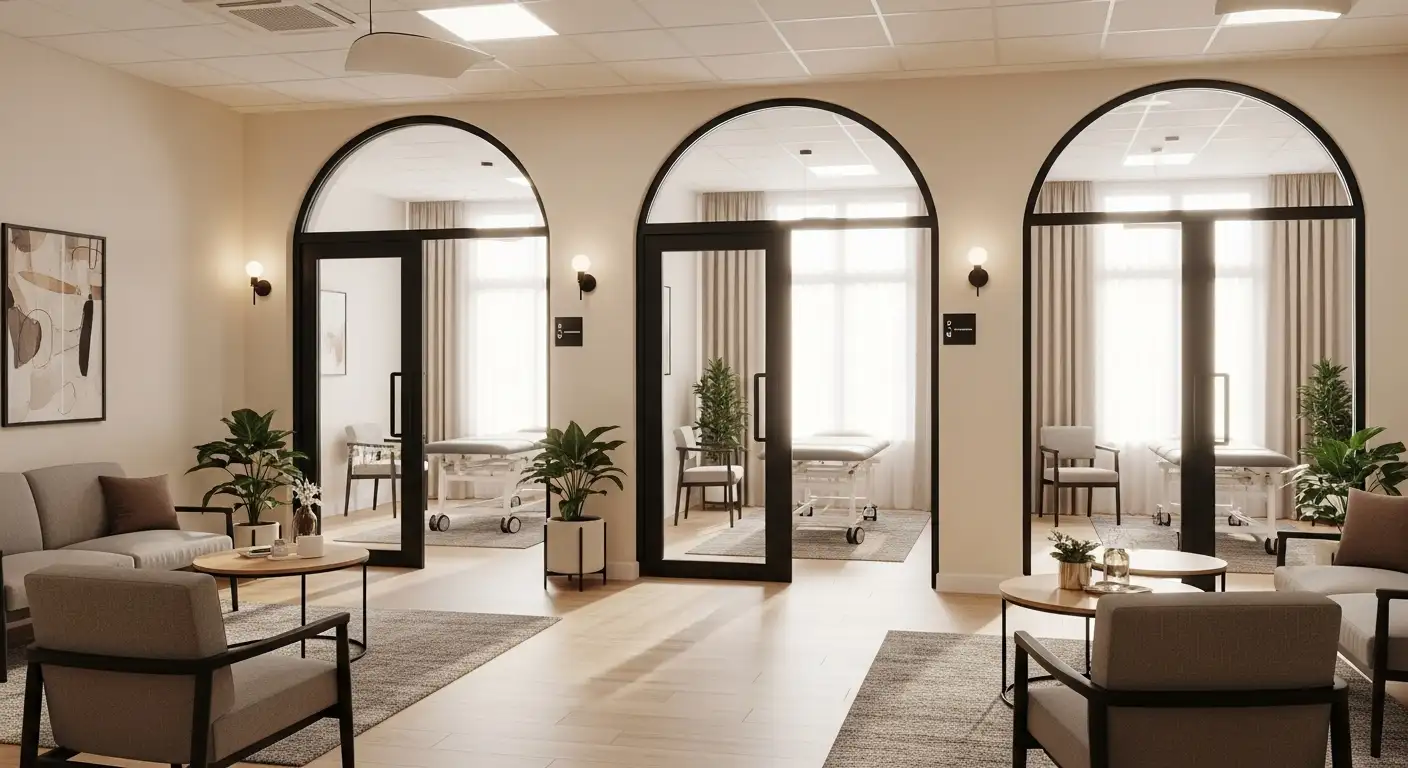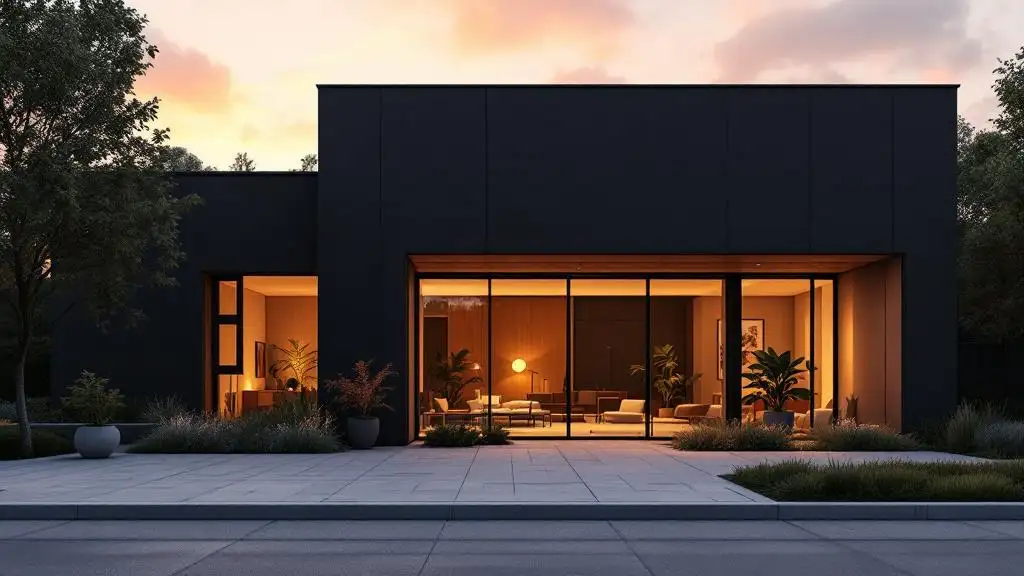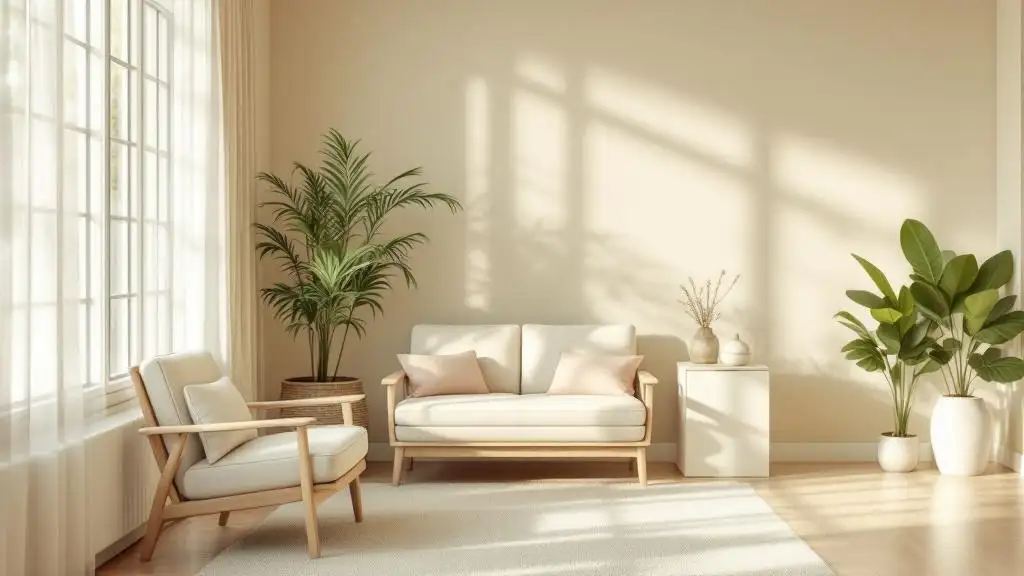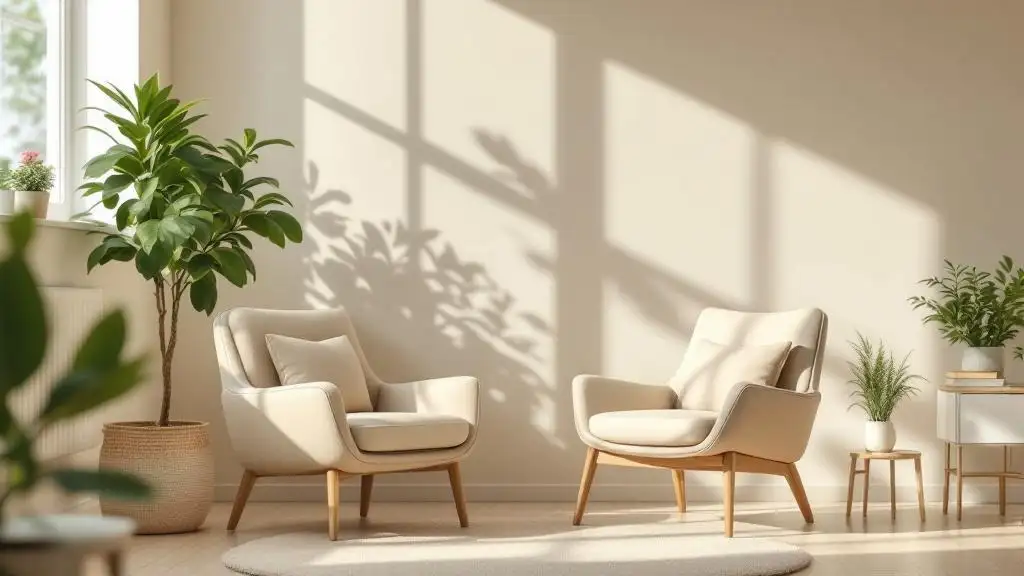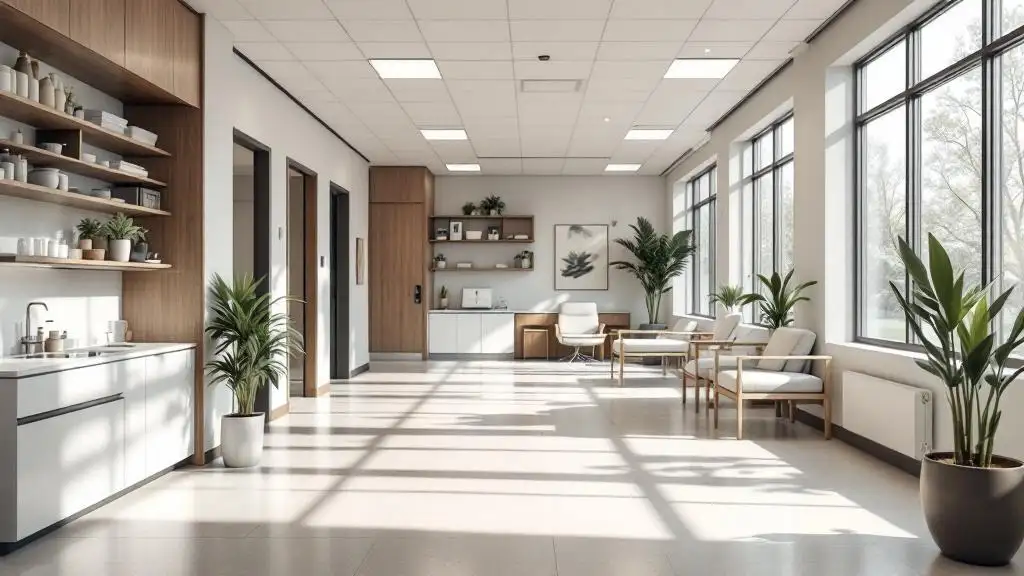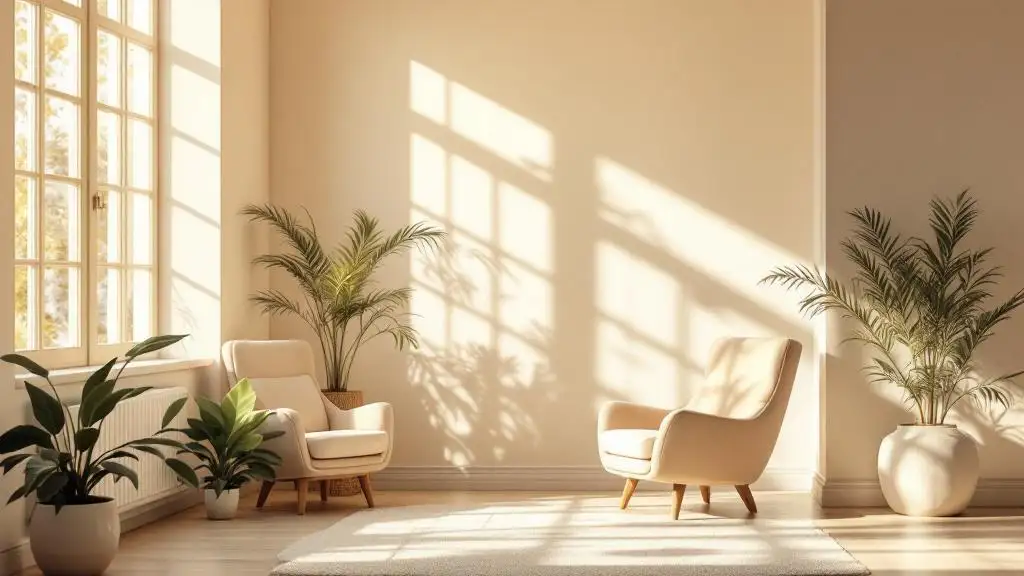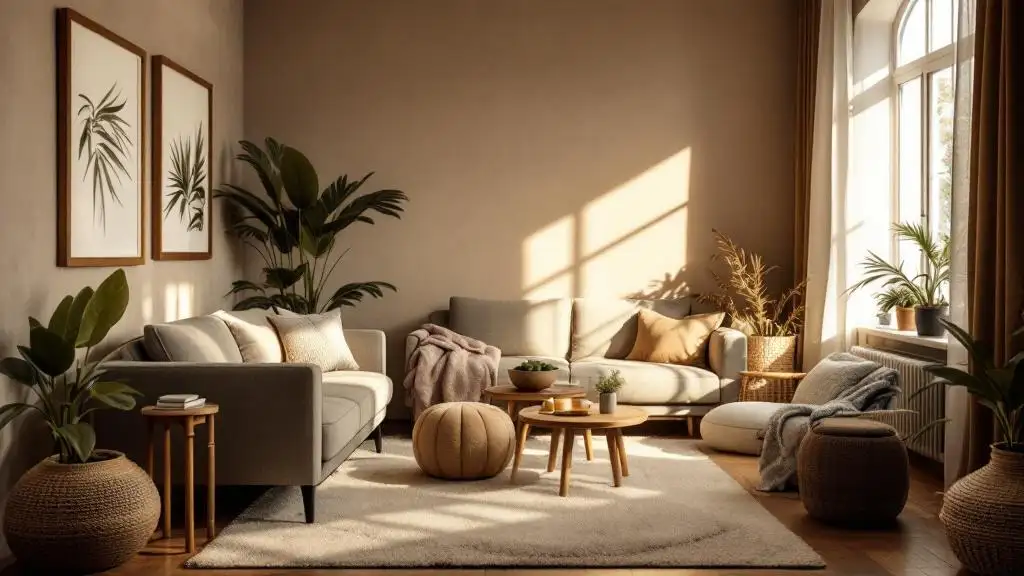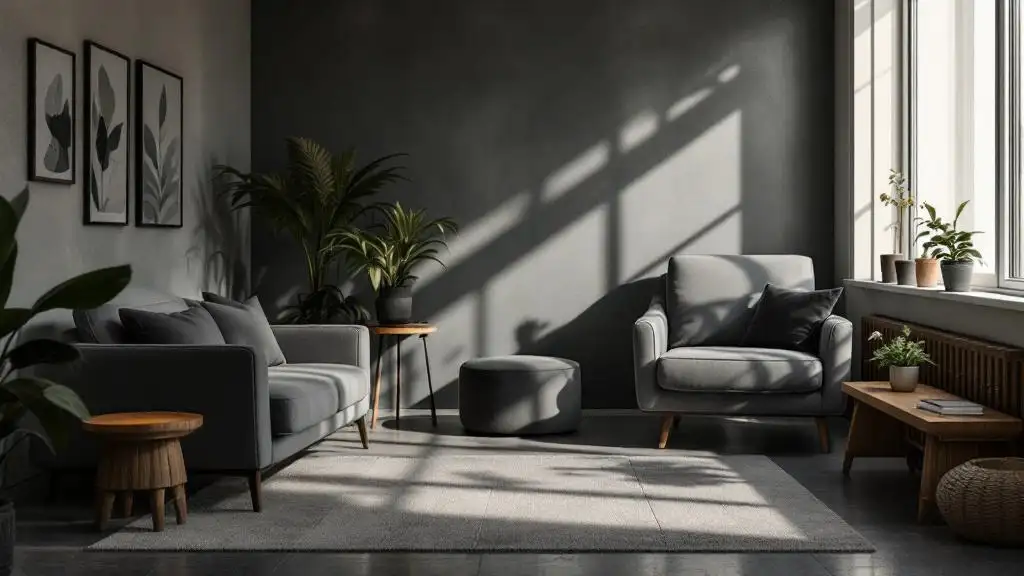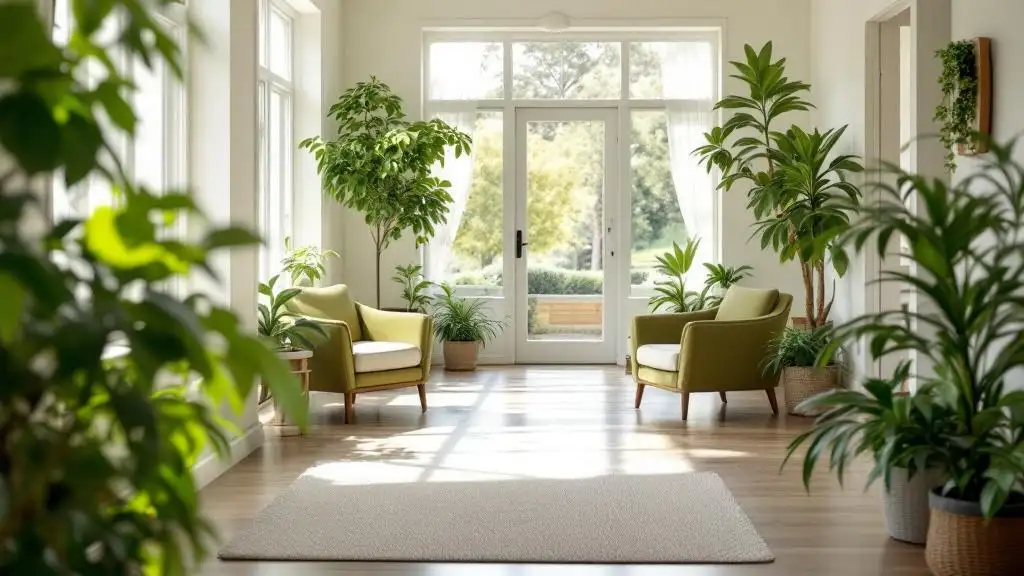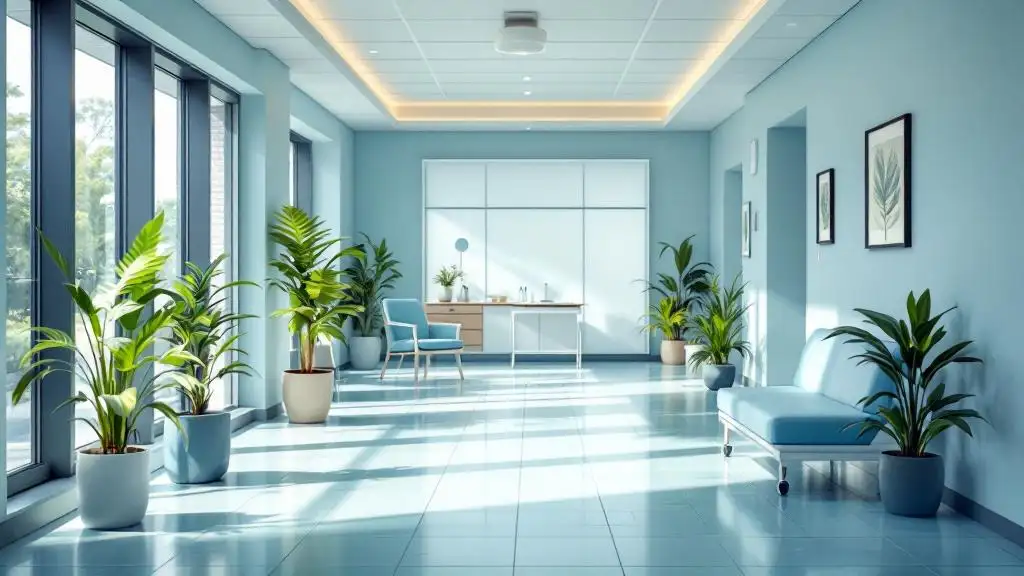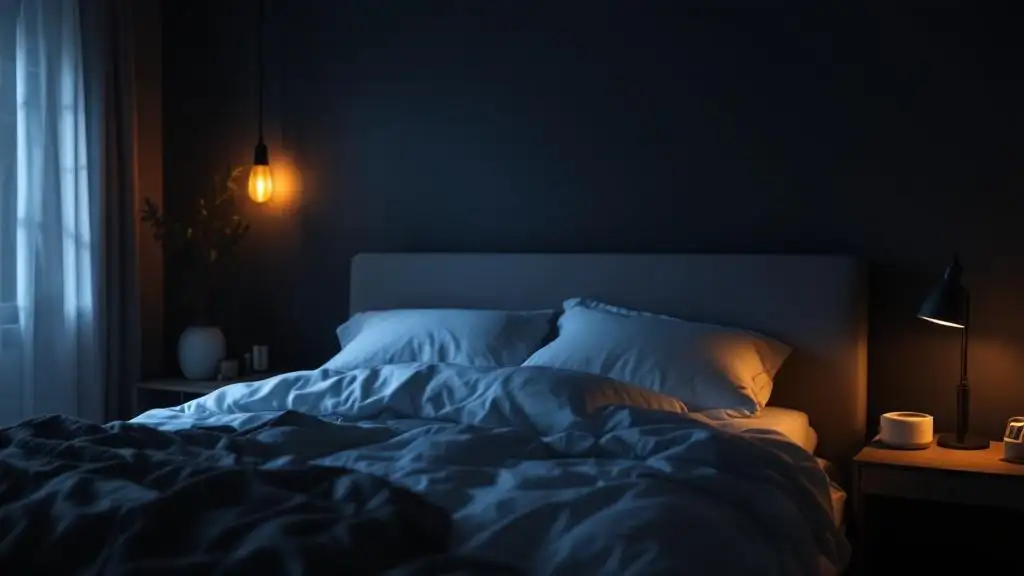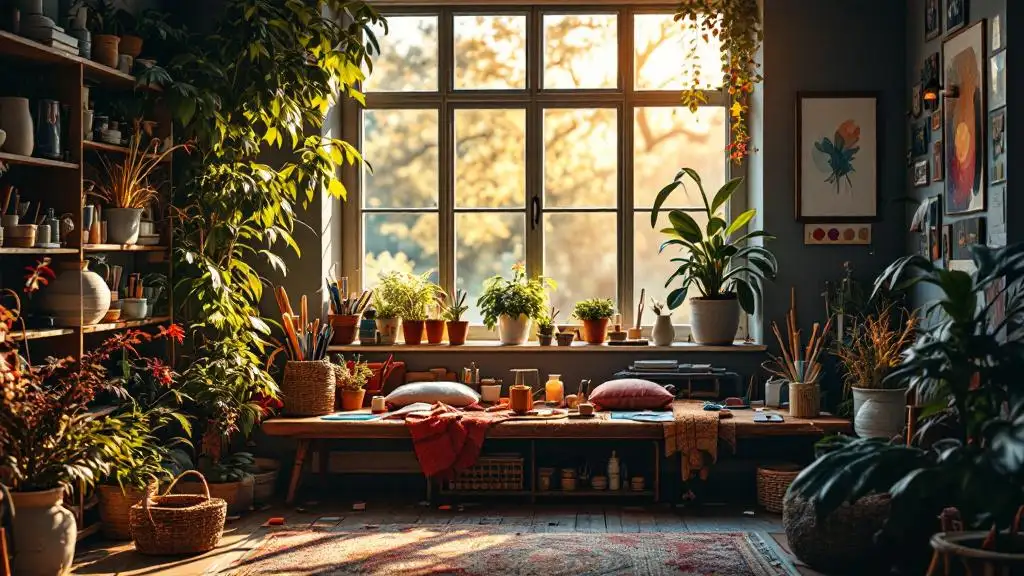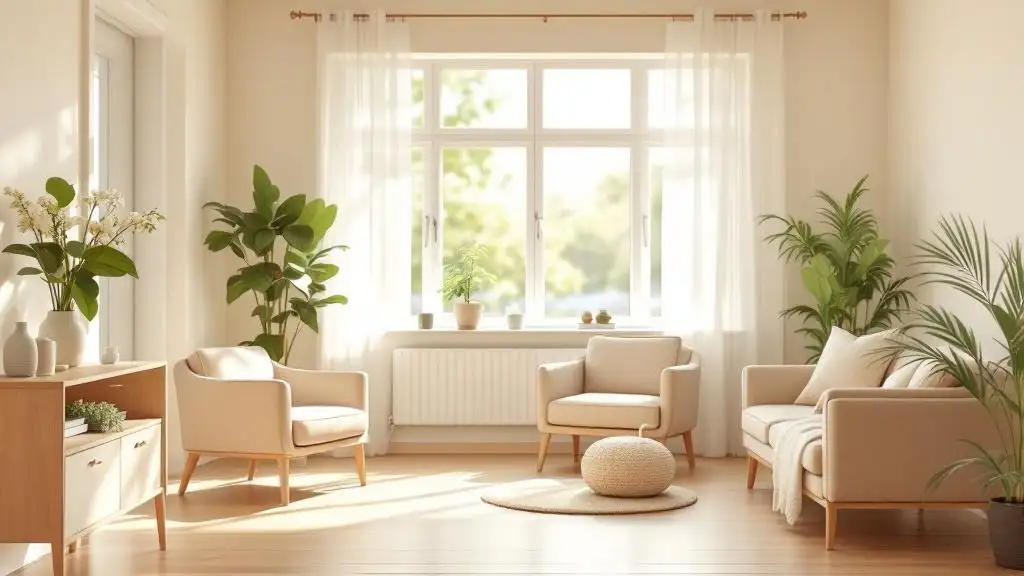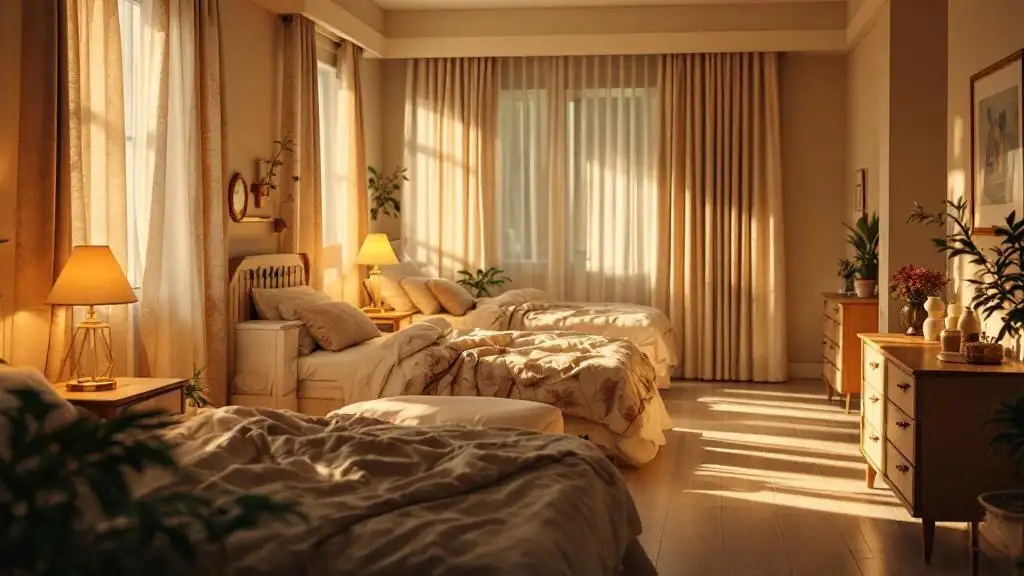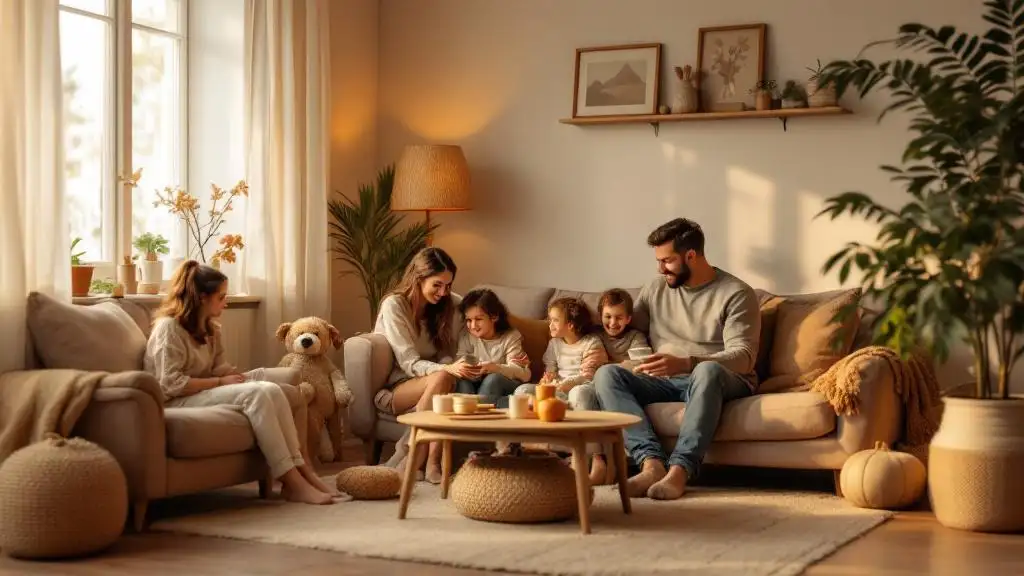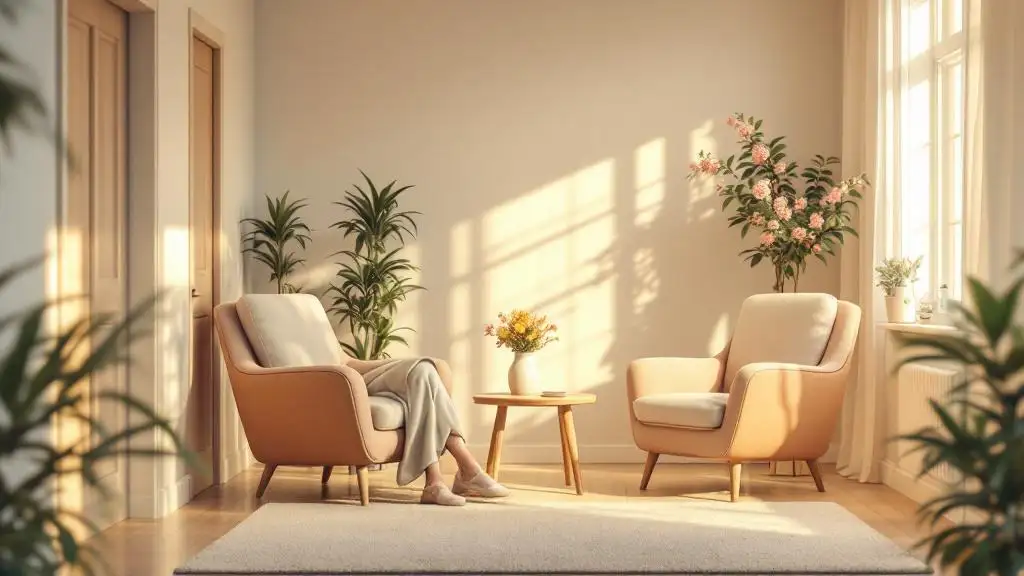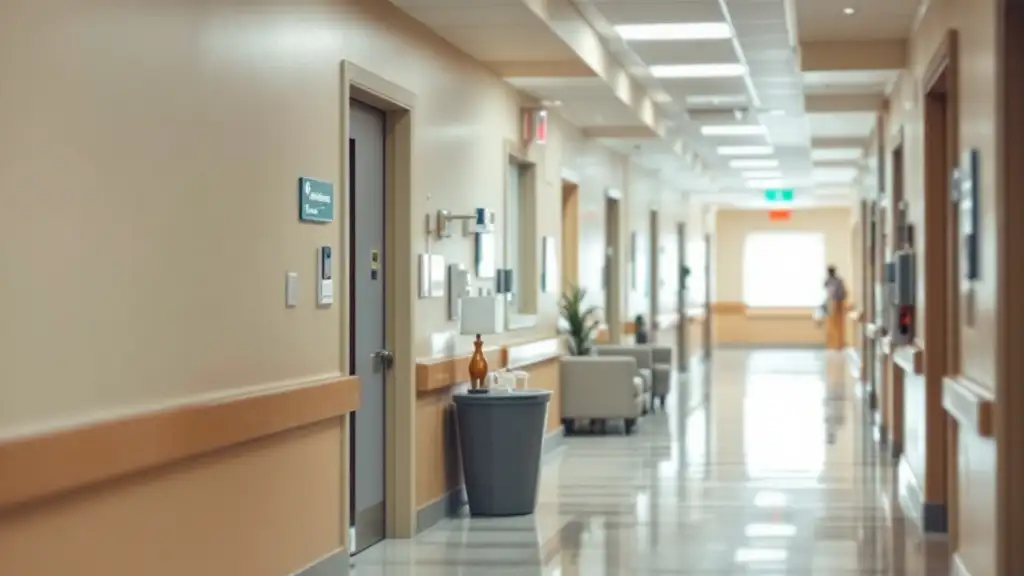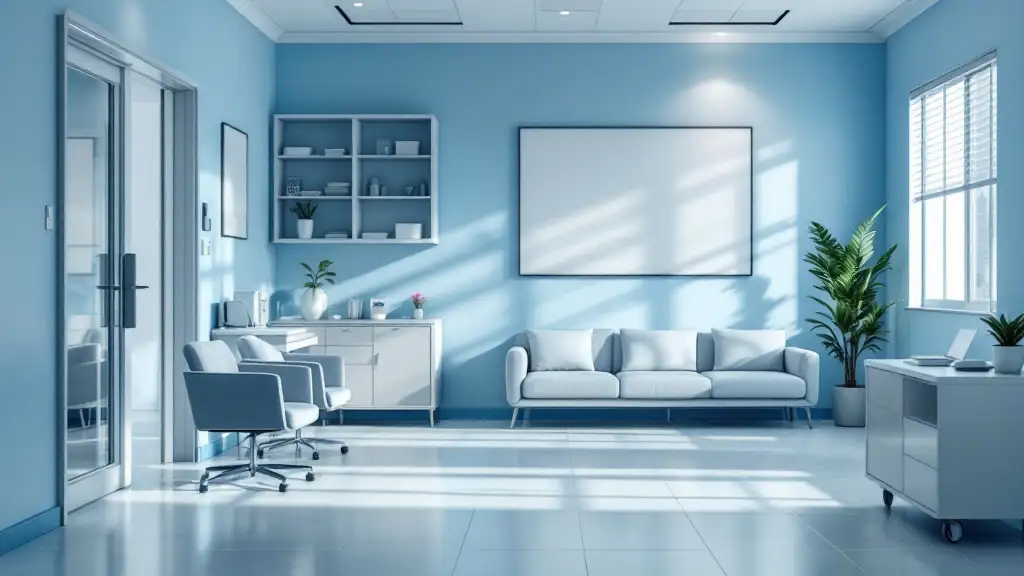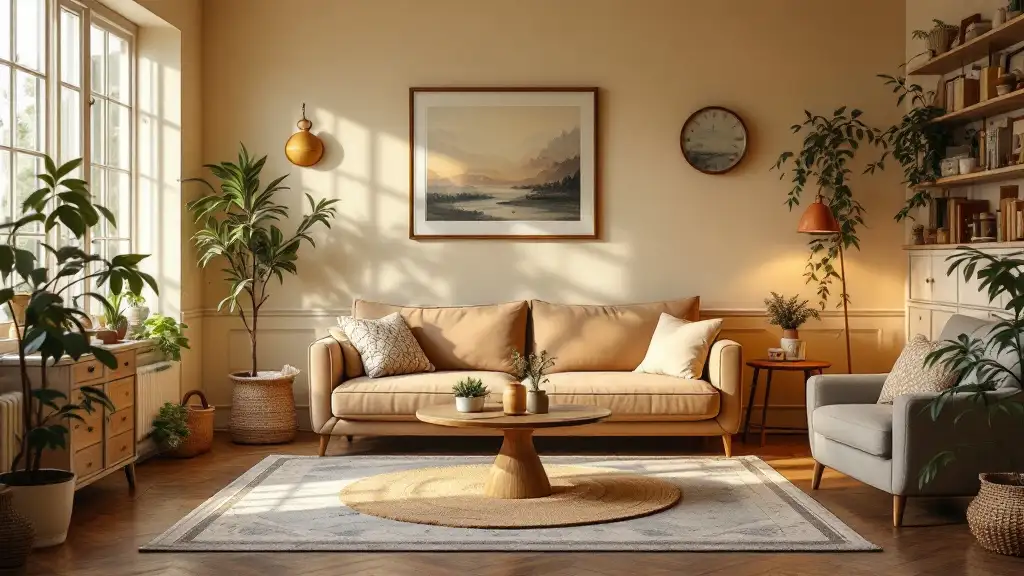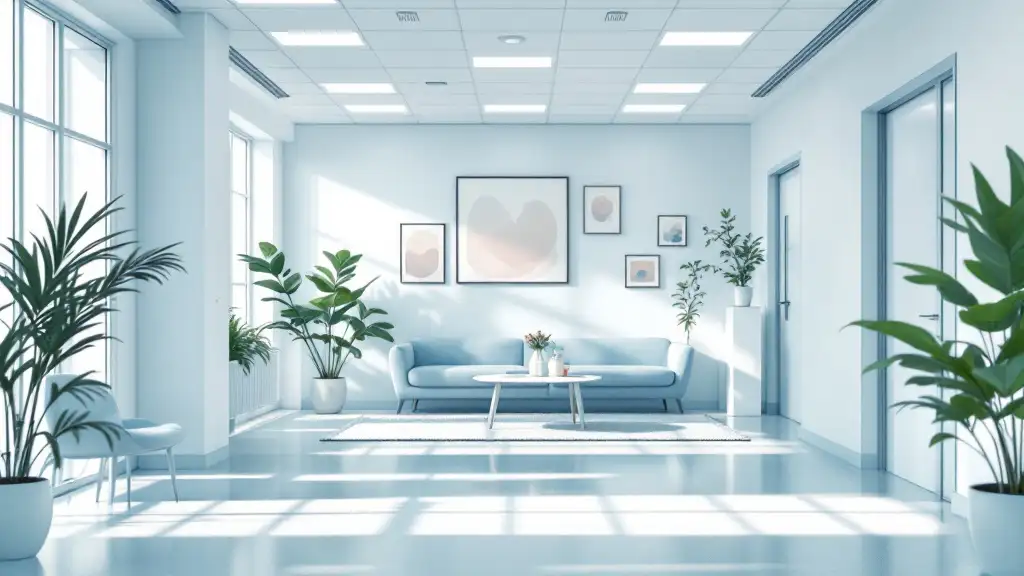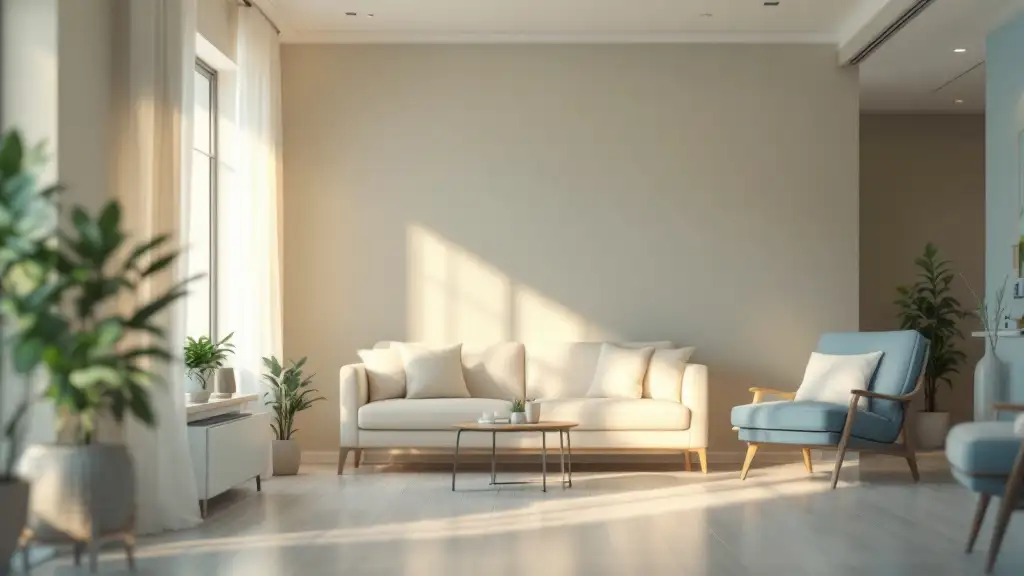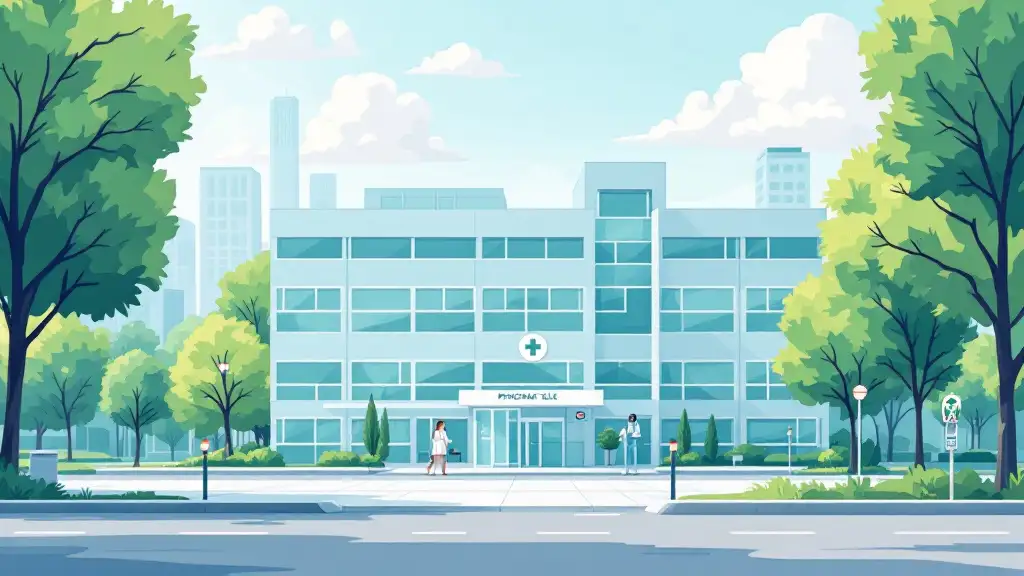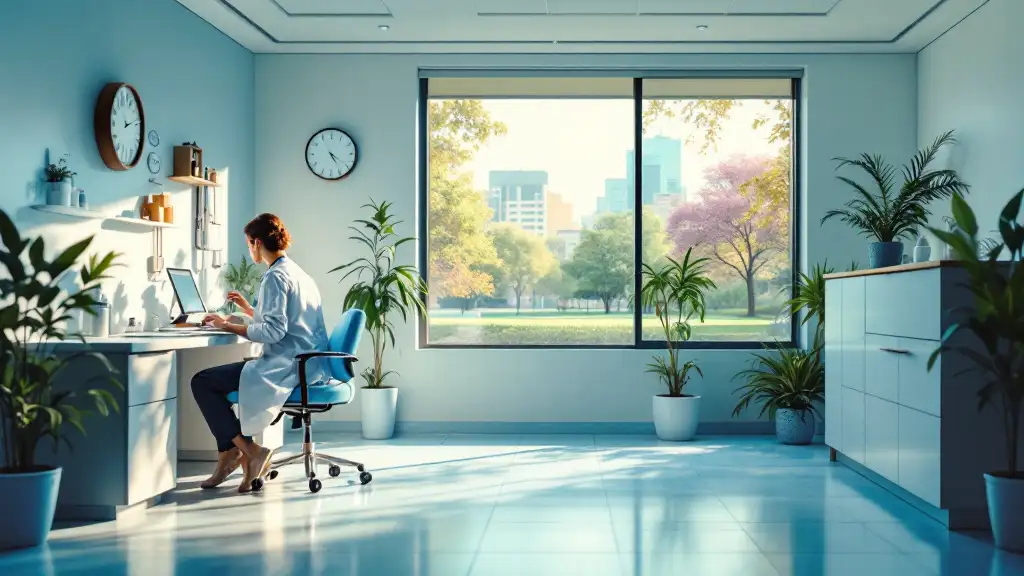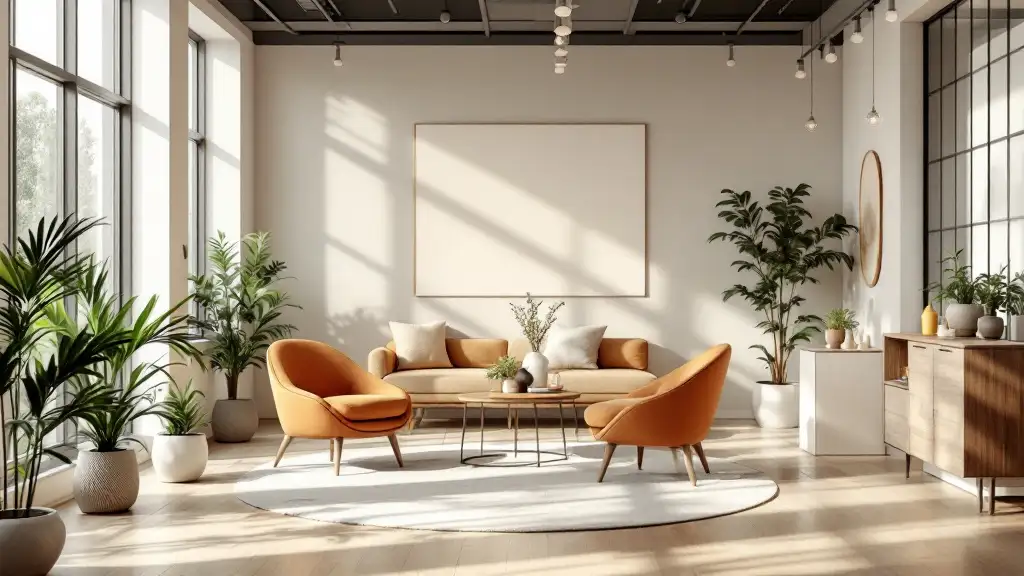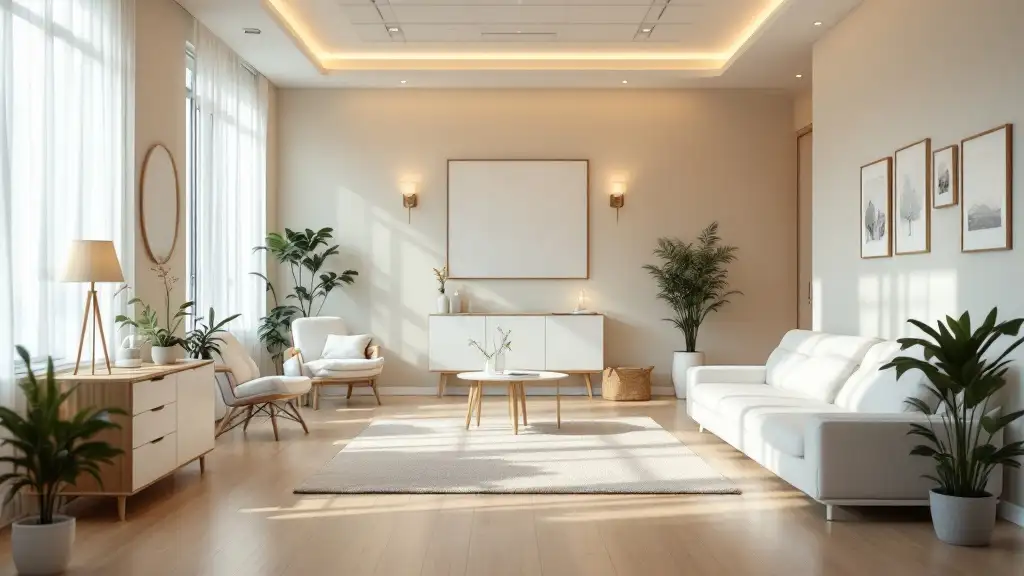The Transformative Power of Art in Elderly Care
Art therapy has emerged as a vital tool in promoting emotional wellbeing among senior populations. By leveraging creative activities tailored to older adults' needs, this holistic approach improves mental health, enhances social engagement, and sustains cognitive function. This article explores how art therapy supports emotional resilience in seniors, backed by scientific evidence and practical techniques, highlighting its role as a nonverbal, empowering intervention for healthier aging.
Art Therapy as a Gateway to Emotional Expression for Seniors
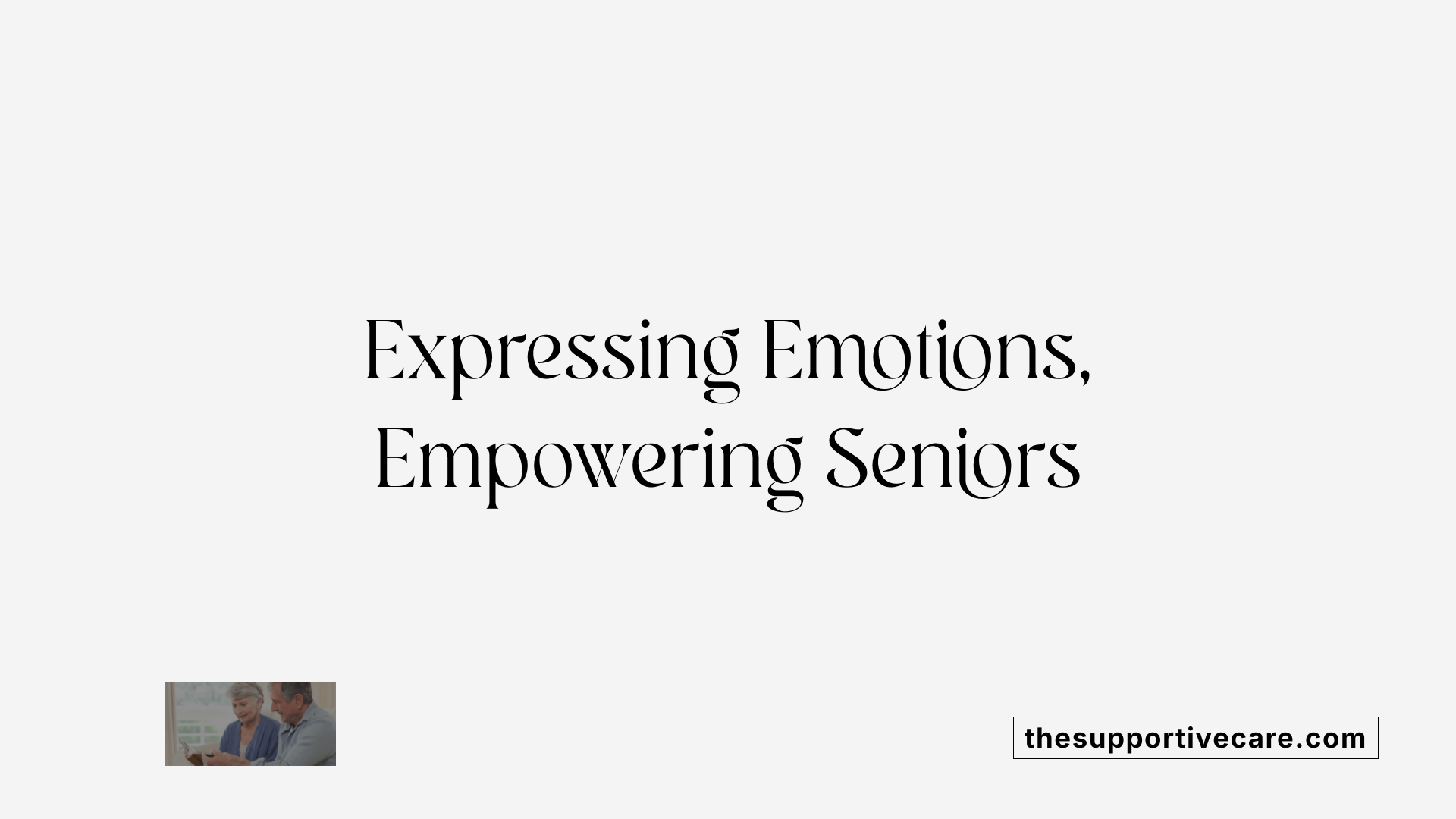
How does art therapy support emotional wellbeing in senior populations?
Art therapy offers seniors a powerful and accessible way to express themselves and process complex emotions. It provides a safe, nonverbal outlet where they can explore thoughts, feelings, and memories through activities like painting, drawing, or sculpting. This form of expression helps reduce stress and improve mood, especially for individuals who struggle to articulate their emotions verbally.
Engaging in creative activities activates various parts of the brain, supporting cognitive functions such as memory, problem-solving, and focus. This not only benefits mental health but also fosters a sense of achievement and purpose.
Participation in group art sessions creates social bonds, which are essential for emotional resilience. These interactions help diminish feelings of loneliness and foster a sense of belonging and community among seniors.
Moreover, art therapy is particularly effective in helping seniors cope with grief, recover from trauma, and regulate emotions. It boosts self-esteem and self-awareness, empowering older adults to navigate life’s emotional challenges with stronger resilience.
Overall, art therapy addresses the emotional, cognitive, and social needs of seniors, promoting a holistic approach to emotional wellbeing that enhances quality of life in aging populations.
Cognitive and Neurobiological Benefits of Artistic Engagement
What scientific evidence supports the effectiveness of art therapy for seniors’ emotional health?
Research consistently shows that art therapy enhances emotional health in older adults. It helps reduce feelings of depression and anxiety while boosting mood and fostering emotional expression. Neurobiological studies reveal that engaging with various art forms activates multiple brain regions, such as those involved in memory, emotional regulation, and neuroplasticity.
For example, activities like painting, drawing, or sculpture stimulate areas responsible for processing emotions and recall, which supports cognitive resilience. These neural activations contribute to slowing cognitive decline and sustaining mental agility in aging populations.
Numerous empirical studies and systematic reviews confirm that arts engagement can improve overall well-being and quality of life for seniors. Art therapy provides a safe and creative outlet, helping individuals develop self-awareness and emotional resilience. Additionally, participation in group art sessions promotes social connections, which are crucial for emotional health.
The neurobiological evidence aligns with clinical observations: art therapy fosters a sense of purpose, restores self-identity, and helps manage emotional distress. As a result, it is increasingly regarded as an effective, holistic intervention to support mental health and emotional wellbeing in older adults.
| Brain Region Stimulated | Most Common Art Activities | Associated Benefits |
|---|---|---|
| Hippocampus (memory formation) | Drawing, painting | Memory reinforcement, cognitive continuity |
| Prefrontal cortex (decision making, problem-solving) | Sculpting, creative planning | Cognitive flexibility and mental agility |
| Amygdala (emotion regulation) | Expressive arts like sculpture | Emotional regulation and resilience |
| Sensorimotor cortex | Fine motor tasks in painting or crafts | Physical coordination and self-esteem |
This evidence underscores that artistic engagement is more than leisure; it actively supports brain health and emotional stability. As noted by experts and supported by research, art therapy remains a vital tool in promoting emotional wellbeing among seniors, enabling them to better manage psychological challenges and maintain cognitive vitality.
Techniques Tailored for Senior Engagement in Art Therapy
What techniques are used in art therapy for seniors?
Art therapy for older adults employs a variety of creative methods designed to match their physical, cognitive, and emotional needs. These techniques help seniors express themselves, stimulate their minds, and foster social interaction.
One common approach involves visual arts such as drawing, painting, sculpture, and collage. These activities allow seniors to explore their creativity while also improving fine motor skills and hand-eye coordination.
Reminiscence arts are also popular, incorporating activities like creating memory boxes or engaging in mandala drawing. These methods encourage reflection on personal history, which can evoke positive emotions and reinforce a sense of identity.
Expressive techniques like journaling combined with art, using emotion wheels, or creating dream catchers provide outlets for emotional exploration. Seniors can visually explore feelings of joy, sadness, or resilience in a safe, nonverbal environment.
Craft-based activities such as mask making and nature-inspired art can be particularly suitable for those with physical limitations, offering ways to participate actively and meaningfully.
All these methods aim to support emotional well-being, cognitive abilities, social connections, and physical coordination. The variety ensures that seniors can choose activities that resonate with their interests and abilities, making art therapy a versatile tool for healthy aging.
The Psychological and Social Impact of Group Art Sessions
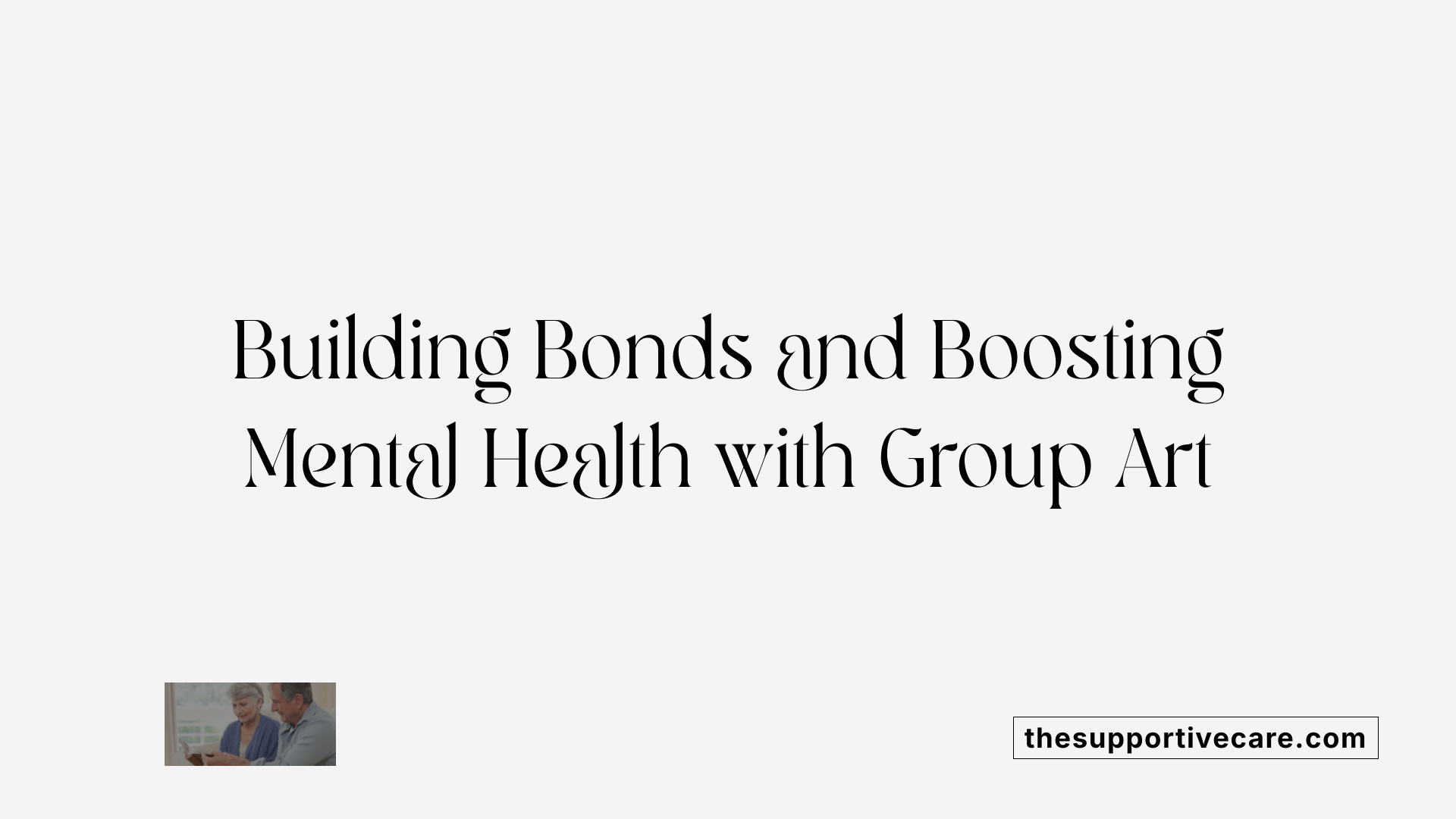
Building social connections
Participation in group art therapy creates valuable opportunities for older adults to connect with others. Engaging in activities like painting, sculpting, or music allows seniors to share their interests and experiences, fostering meaningful relationships. These social interactions can bolster feelings of belonging and community, which are vital for mental health.
Reducing loneliness and isolation
Group art sessions help diminish feelings of loneliness by providing a supportive environment where seniors can interact regularly. As they collaborate on projects or enjoy collective creative experiences, they develop bonds that counteract social isolation. This sense of companionship can significantly improve emotional wellbeing and reduce depressive symptoms.
Fostering community and shared interest
Creative activities under the guidance of trained facilitators cultivate a sense of shared purpose. Seniors work together towards common goals, celebrate each other's achievements, and develop mutual interests. These shared experiences promote community feeling, which reinforces self-esteem and emotional stability.
How does art therapy promote psychological resilience among older adults?
Art therapy enhances resilience by enabling emotional expression and creativity, which helps seniors manage stress and process complex feelings. It encourages social participation, reducing loneliness through supportive connections. Cognitive benefits include improved memory, problem-solving skills, and sustained attention—all vital for maintaining independence. Additionally, engaging in artistic activities influences brain plasticity and feelings of control, empowering older adults to adapt to life changes. As a nonverbal communication outlet, art offers an accessible way for seniors to express themselves, fostering a sense of purpose and emotional strength.
| Aspect | Benefits | Additional Details |
|---|---|---|
| Social | Builds connections | Facilitates group cohesion and shared interests |
| Emotional | Reduces loneliness | Provides a safe space for self-expression |
| Cognitive | Enhances memory and problem-solving | Stimulates multiple brain regions |
| Physical | Improves fine motor skills | Supports daily functioning |
| Overall | Strengthens resilience | Promotes mental and emotional balance |
In summary, group art therapy plays a significant role in enriching social lives, reducing feelings of isolation, and nurturing community among older adults. These social benefits, coupled with emotional and cognitive growth, help bolster resilience, supporting older individuals to adapt and thrive in later years.
Visual Art Activities as Therapeutic Tools Enhancing Emotional Wellbeing
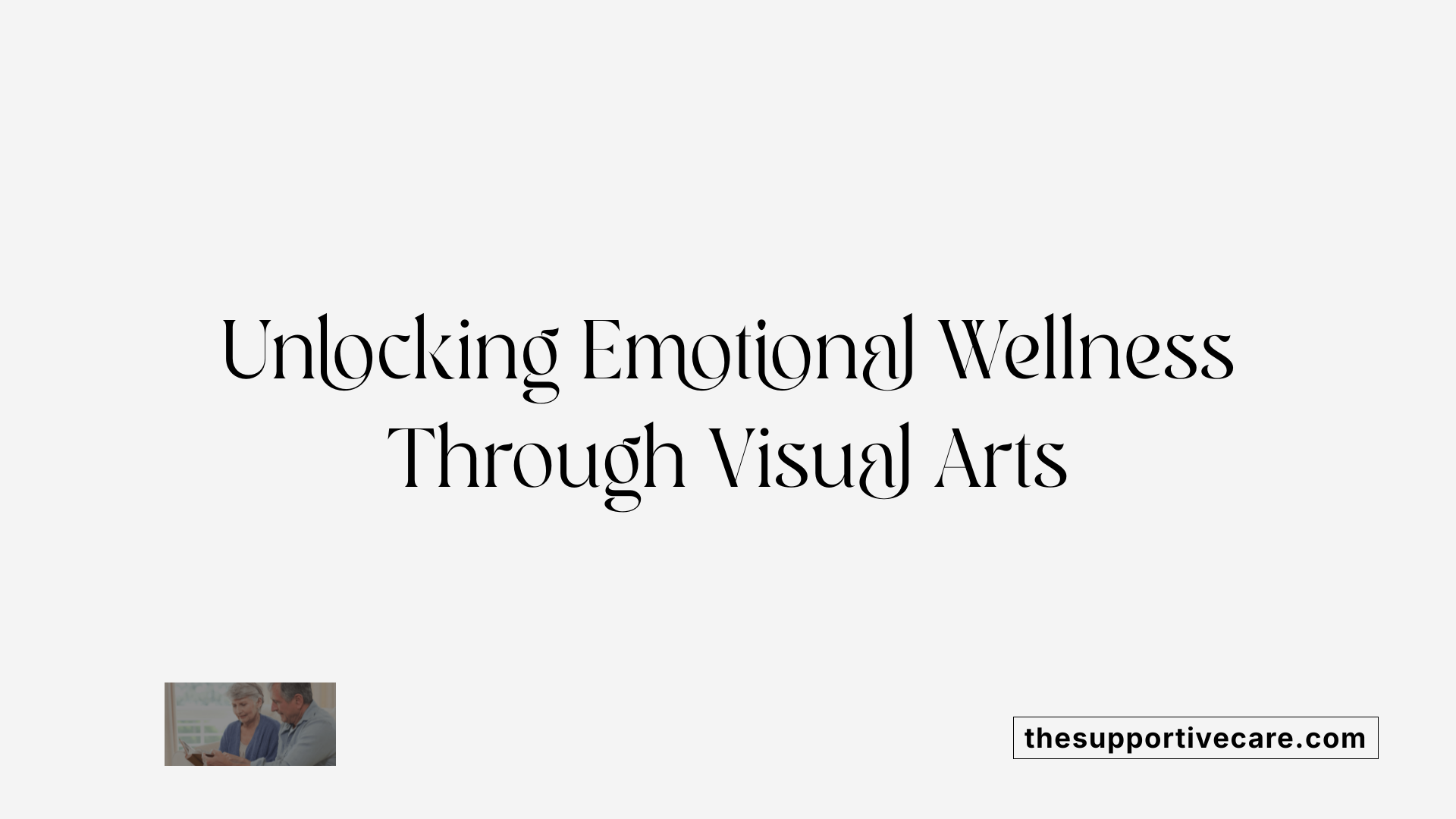
What is the impact of visual art activities on emotional health in elderly populations?
Engaging in visual art activities greatly benefits the emotional health of older adults. These activities, such as painting, drawing, or sculpting, serve as a meaningful form of self-expression. They allow seniors to explore and communicate their feelings non-verbally, which can be especially helpful for those struggling with verbal communication due to illnesses like dementia, Parkinson’s disease, or after a stroke.
Participating in art therapy helps reduce feelings of loneliness and isolation. When seniors join group art sessions, they build social bonds, foster a sense of community, and feel more connected. This social aspect is crucial, as loneliness is linked to both mental and physical health problems. Creating art also promotes positive emotions, improves mood, and offers a sense of accomplishment.
Moreover, making art has calming effects, helping to lower stress hormones such as cortisol. This reduction in stress promotes relaxation and emotional stability. Many studies demonstrate that seniors who engage in regular art activities experience improvements in overall well-being and quality of life.
Through this process, older adults develop emotional resilience, cope better with grief and trauma, and manage mood fluctuations more effectively. Art therapy acts as a supportive intervention, bolstering mental health by encouraging emotional expression, enhancing self-awareness, and strengthening social relationships.
| Benefits of Visual Art Activities | Impact on Elderly Mental Health | Additional Notes |
|---|---|---|
| Emotional expression | Boosts mood, reduces loneliness | Creates a safe outlet for difficult feelings |
| Social connection | Fosters community, decreases isolation | Group art sessions promote social bonds |
| Stress reduction | Lowers cortisol, promotes calm | Calming effects contribute to relaxation |
| Cognitive support | Maintains cognitive functions, supports memory recall | Beneficial for those with cognitive impairments |
| Sense of achievement | Improves self-esteem and purpose | Encourages personal growth and self-worth |
In summary, visual art activities act as low-impact, accessible therapies that improve emotional resilience, support mental health, and promote social engagement among older adults. These benefits collectively contribute to a higher quality of life and emotional wellbeing in elderly populations.
Understanding the Neural and Psychological Mechanisms Behind Art’s Therapeutic Effects

How does art therapy contribute to self-awareness and emotional regulation in older adults?
Art therapy provides a nonverbal outlet for self-expression, making it particularly valuable for seniors who may face difficulties articulating their thoughts or emotions due to conditions like dementia or stroke-related aphasia. Creating art allows older individuals to explore their inner feelings visually, boosting self-awareness and offering insights into their emotional states. This process supports emotional regulation by helping seniors process complex or unresolved feelings, leading to improved mood and reduced anxiety.
What is neuroplasticity and how does it relate to brain engagement through art?
Neuroplasticity refers to the brain's ability to reorganize itself by forming new neural connections. Engaging in artistic activities stimulates multiple areas of the brain, including those involved in memory, problem-solving, and attention. For older adults, this stimulation can help maintain cognitive functions, support memory recall, and slow cognitive decline. Through regular involvement in art therapy, seniors can reinforce existing connections and create new pathways, promoting mental agility and resilience.
How does art therapy stimulate mental health improvements?
Participation in art therapy enhances mental health by fostering emotional resilience, self-esteem, and social engagement. The creative process can decrease stress and anxiety, contributing to relaxation and emotional stability. Group art sessions further promote social connections, reducing feelings of loneliness and fostering a sense of community. Additionally, engaging in art helps strengthen fine motor skills and hand-eye coordination, which are vital for maintaining physical health and daily functioning. Overall, these combined effects support a holistic approach to psychological well-being in aging individuals.
| Mechanism | Description | Impact on Seniors |
|---|---|---|
| Emotional expression | Facilitates nonverbal communication | Reduces depression, enhances mood |
| Brain stimulation | Engages multiple brain regions | Supports cognitive health |
| Social interaction | Promotes group participation | Decreases loneliness |
| Neuroplasticity | Encourages neural growth | Maintains brain function |
| Self-awareness | Increases insight into feelings | Improves emotional regulation |
These interconnected mechanisms demonstrate how art therapy acts as a powerful tool in supporting mental health in seniors, fostering emotional resilience and empowering individuals to lead more fulfilling lives.
Enhancing Quality of Life and Wellbeing Through Artistic Engagement
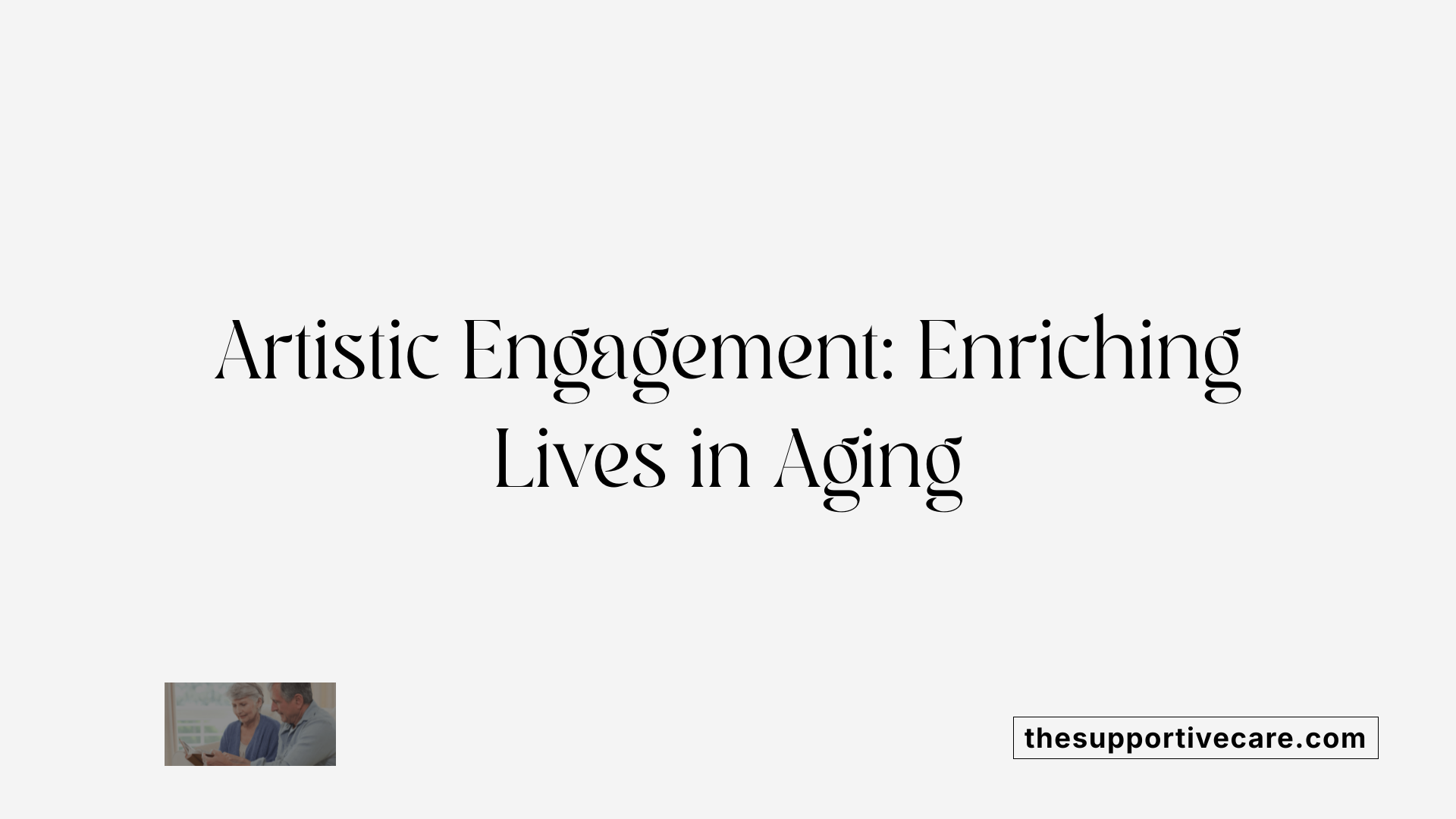
Fostering Purpose and Mastery
Engaging in art therapy helps older adults develop a sense of purpose as they participate in creative activities like painting, drawing, or sculpting. These activities allow seniors to explore their talents and skills, leading to feelings of accomplishment and mastery. Even with physical or cognitive limitations, many older individuals find ways to express themselves creatively, which boosts self-esteem and confidence.
Supporting Mental Health and Happiness
Art therapy plays a significant role in improving mental well-being by reducing stress, anxiety, and depressive symptoms. Creating art offers a nonverbal outlet for emotions, especially for seniors dealing with illnesses such as dementia or stroke-related communication challenges. Participating in group art sessions also fosters social connections, decreasing feelings of loneliness and isolation — common issues among older adults.
Impact on Overall Quality of Life
The benefits of artistic engagement extend beyond emotional and mental health. Regular involvement in art therapy can enhance cognitive function, including memory recall, problem-solving, and attention span. It also supports physical health by improving fine motor skills and hand-eye coordination. Overall, art therapy enriches life by promoting joy, social interaction, and a sense of achievement, contributing to a higher quality of life for seniors.
Implementing Art Therapy Programs in Senior Care Settings
Examples of Programs at Senior Centers
Many senior centers, like the Senior Friendship Center in Sarasota, Florida, offer specialized art therapy programs designed to enhance emotional and social well-being. These programs include both group and individual sessions focused on creative activities such as painting, drawing, sculpting, and other visual arts. These activities serve as a nonverbal outlet for emotional expression, fostering personal growth and emotional resilience.
Group and Individual Therapy Sessions
Group art therapy sessions provide a supportive environment where seniors can connect, share, and build social bonds through shared creative experiences. These sessions often help reduce feelings of loneliness and depression, offering a sense of community and shared purpose. On the other hand, individual therapy allows personalized attention, helping seniors explore their emotions more deeply and work through specific psychological challenges. Both formats encourage self-expression, improve mental health, and reinforce cognitive functions.
Customization to Meet Individual Needs
Effective art therapy programs are tailored to meet the diverse needs of seniors, considering physical limitations, cognitive abilities, and personal interests. Adaptations like larger brushes or alternative art tools help those with motor difficulties. For seniors with cognitive impairments, activities are simplified and structured to reinforce memories and cognitive skills. This personalized approach ensures that every participant can enjoy the benefits of art therapy, supporting their emotional, mental, and physical health.
| Program Type | Focus Area | Benefits | Additional Notes |
|---|---|---|---|
| Group Sessions | Socialization, Emotional Support | Reduce loneliness, foster community | Facilitated by trained art therapists |
| Individual Sessions | Personal emotional expression | Deep personal insight, emotional regulation | Often customized based on personal history and needs |
| Adaptive Activities | Physical and cognitive limitations | Enhance fine motor skills, memory recall | Tools and tasks adjusted for abilities |
Implementing well-structured art therapy programs not only enhances emotional wellbeing but also supports overall quality of life, offering seniors a meaningful way to express themselves and connect with others.
Supporting Older Adults through Creative Healing
Integrating art therapy into senior care enhances emotional health by offering a nonverbal outlet for expression, stimulating cognitive functions, strengthening social bonds, and fostering resilience. As the evidence mounts and techniques evolve, art therapy remains a vital, adaptable approach that empowers seniors to lead more connected, purposeful, and emotionally balanced lives. Embracing creative engagement in aging populations not only improves individual wellbeing but also enriches the fabric of our communities, highlighting the transformative power of art in fostering a healthier, more resilient aging process.
References
- Creative Arts and Aging: The Benefits of Art Therapy
- Four Reasons Why Art Therapy is Effective With Older ...
- Creativity and art therapies to promote healthy aging
- Role of Art Therapy in the Promotion of Mental Health
- Art Therapy For Older Adults: Mental Health Effects Of ...
- Creative Arts and Aging: The Benefits of Art Therapy
- Creativity and art therapies to promote healthy aging
- Four Reasons Why Art Therapy is Effective With Older ...


